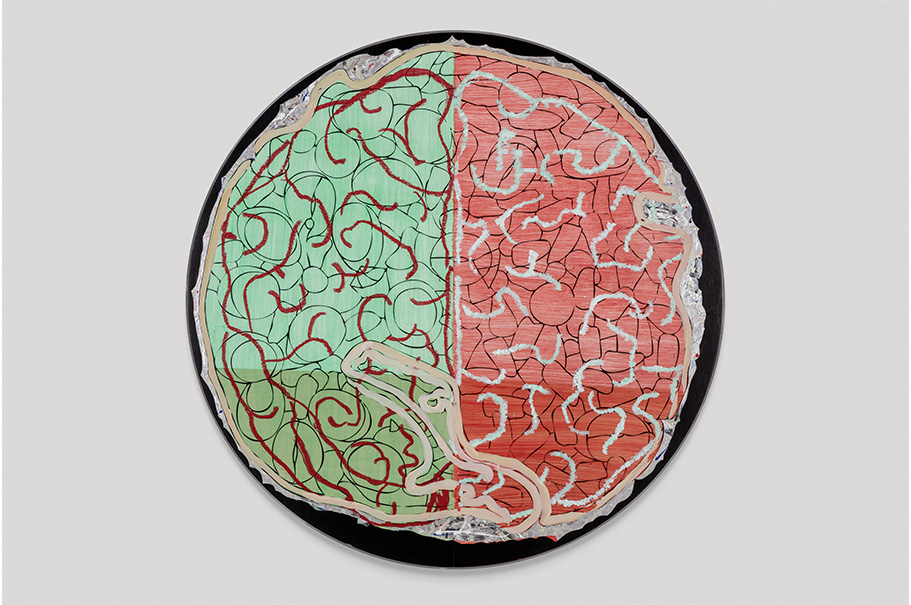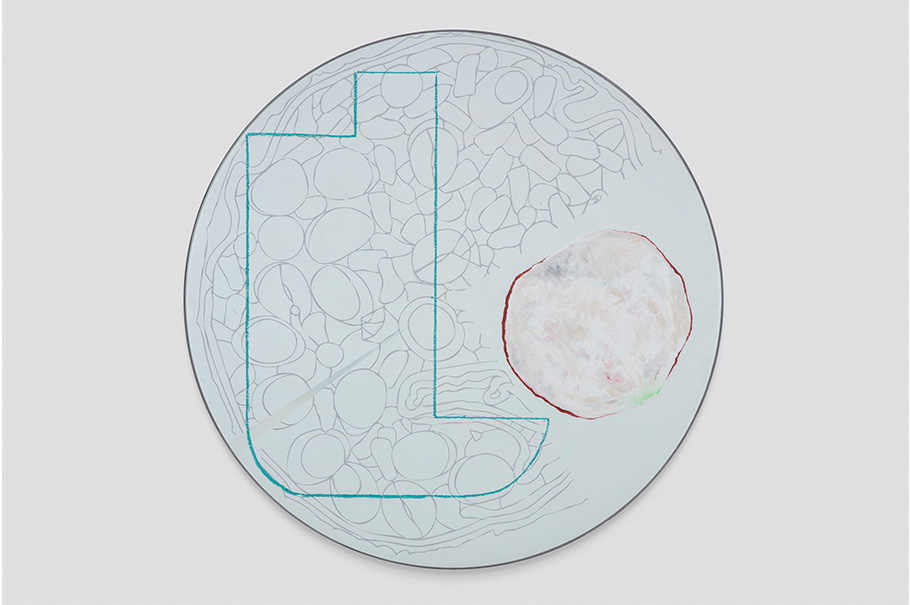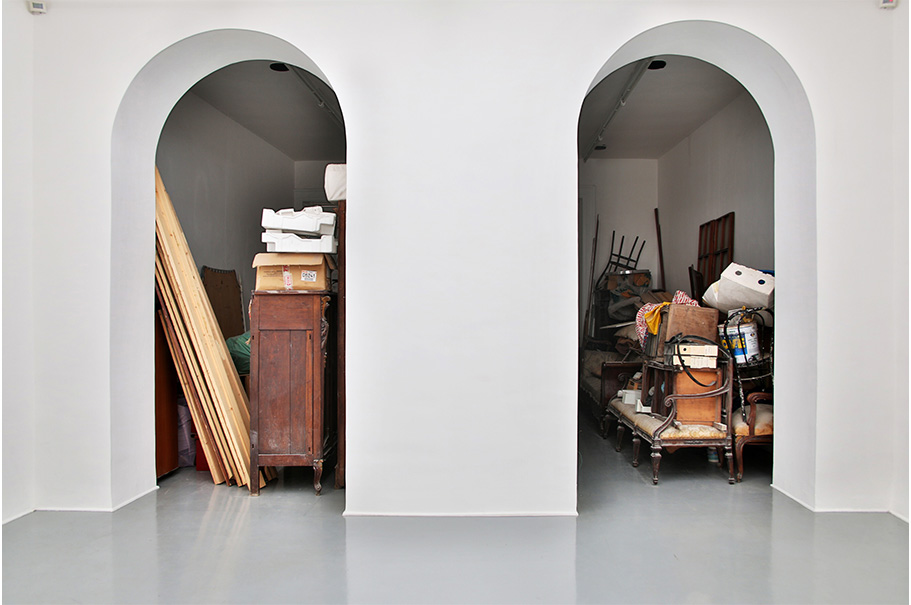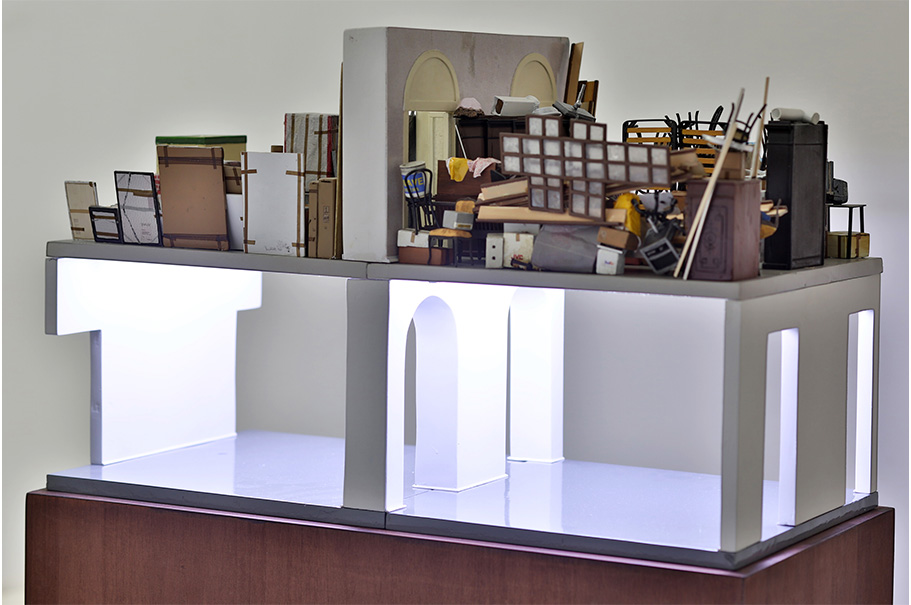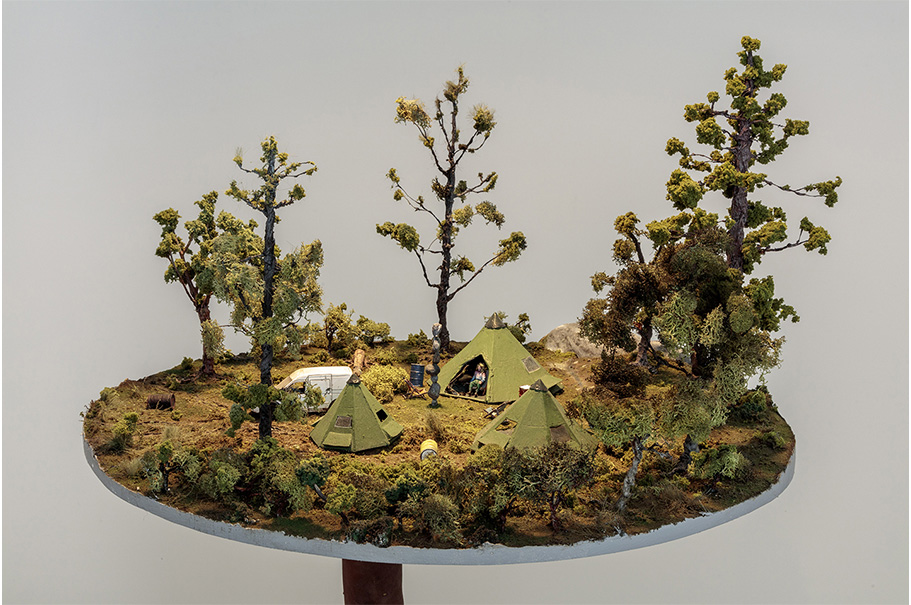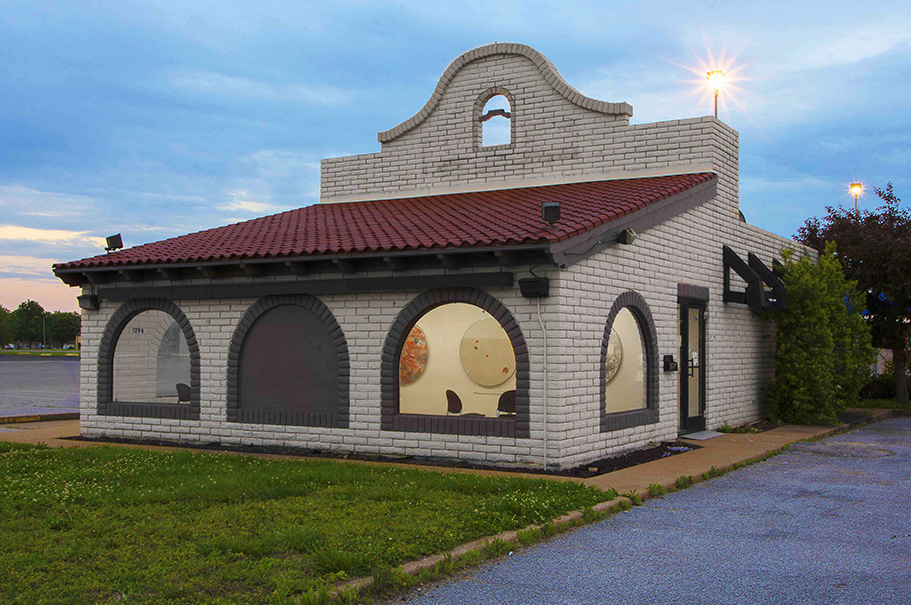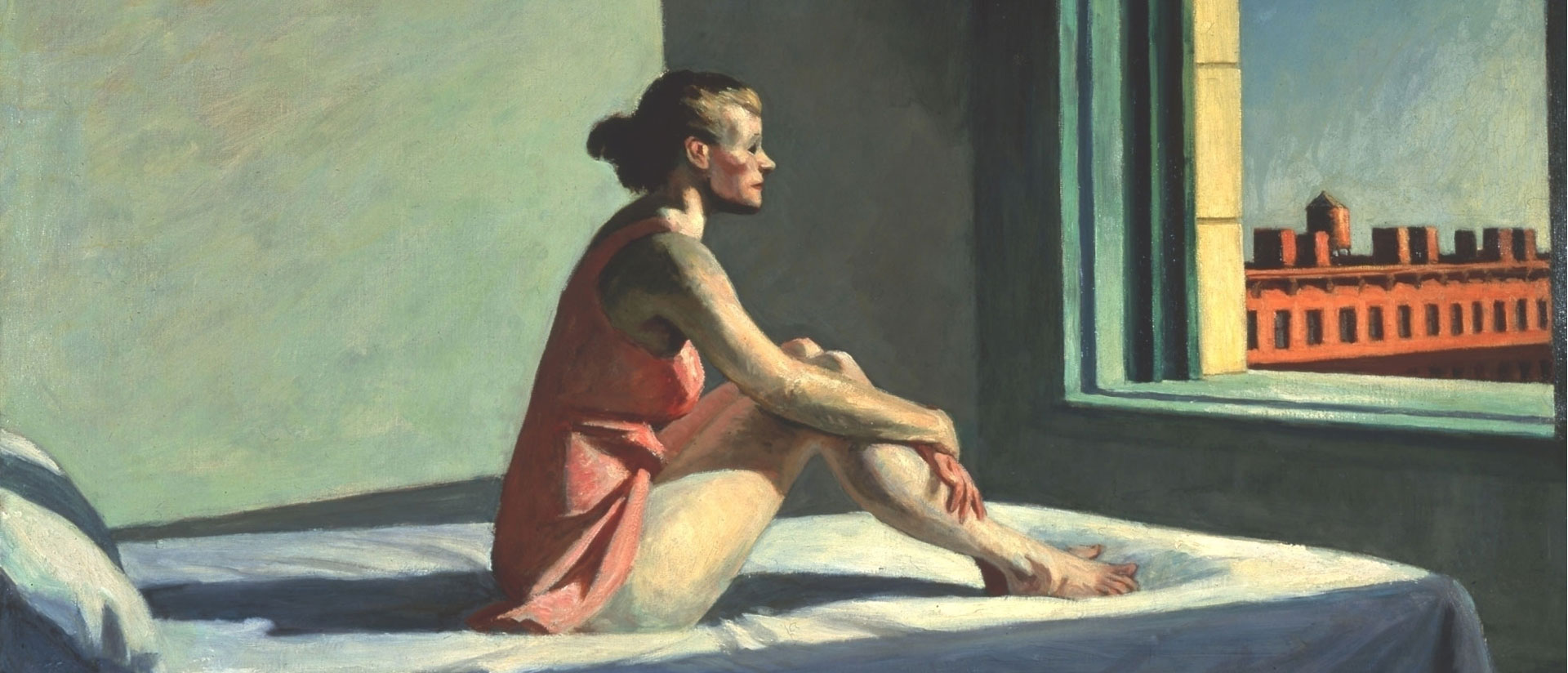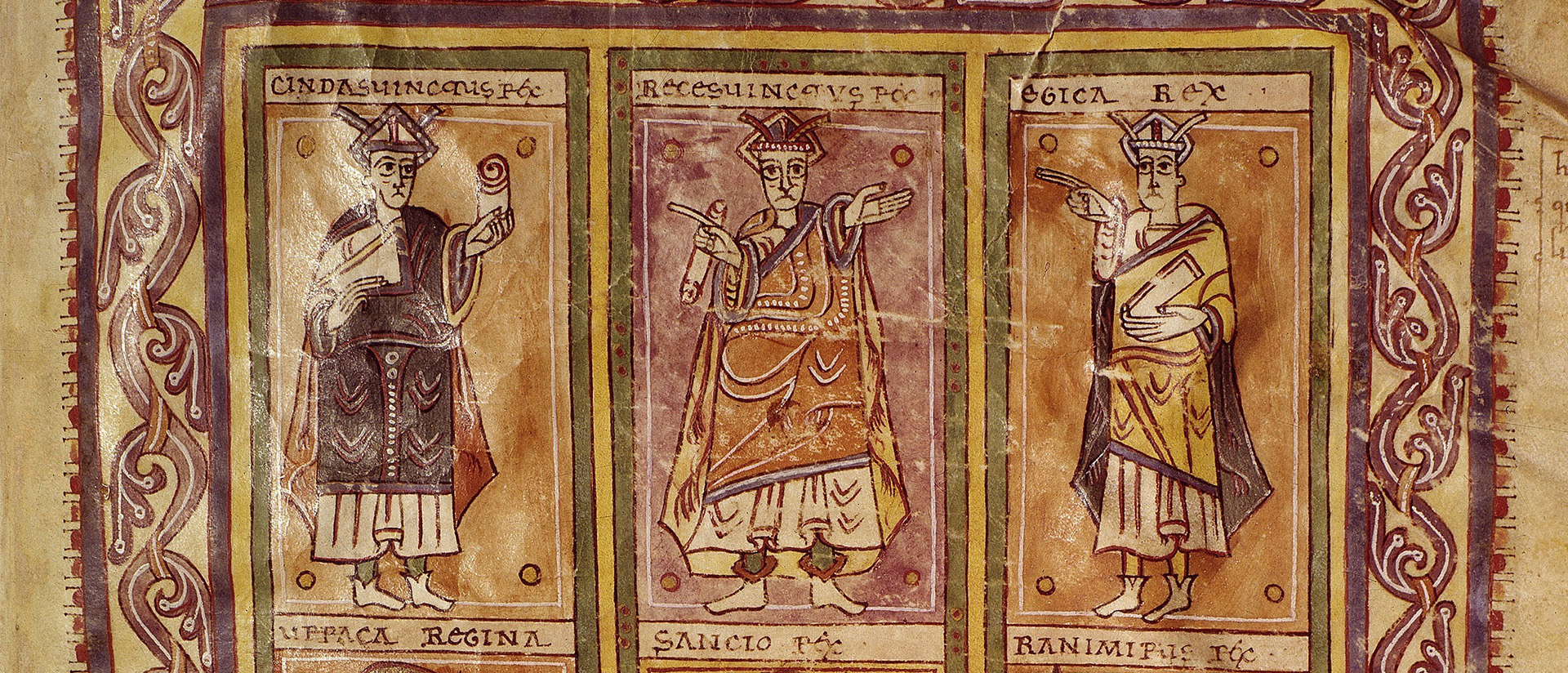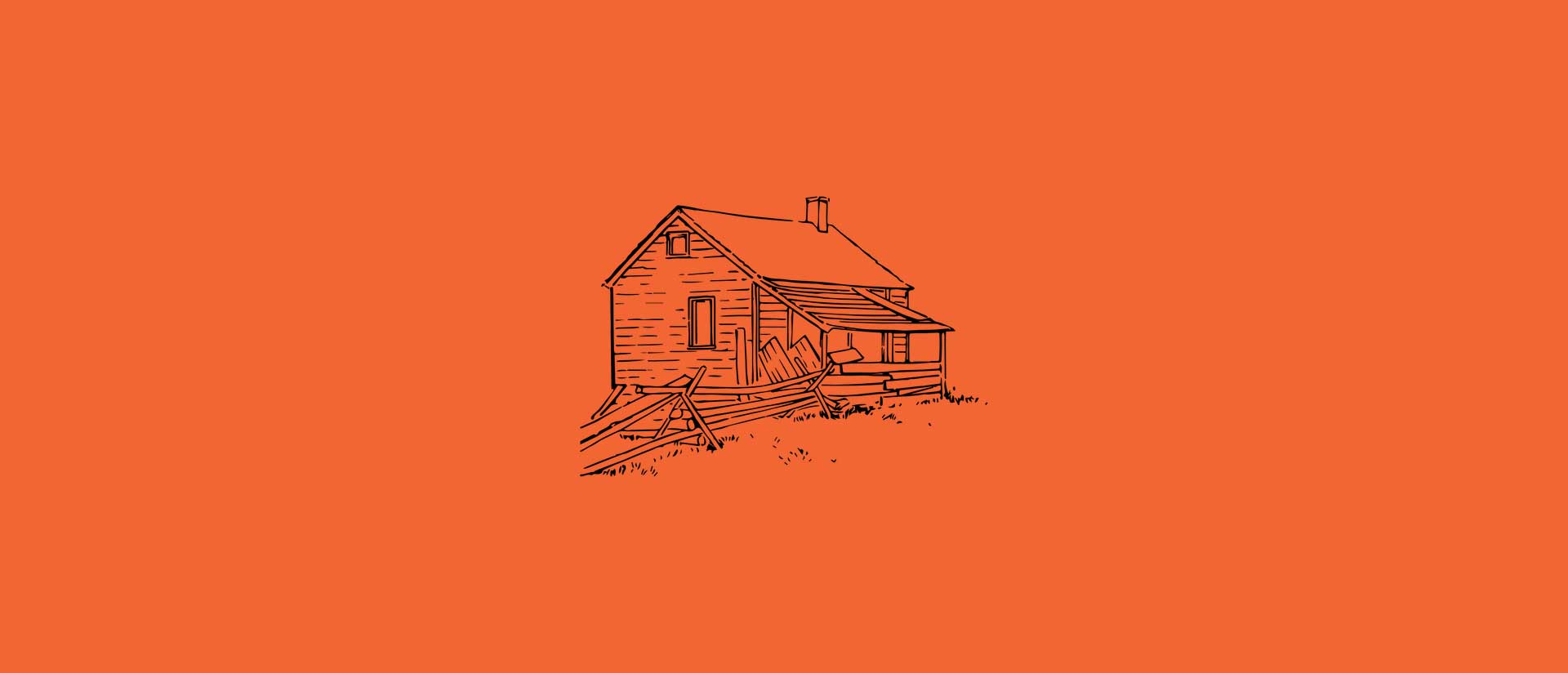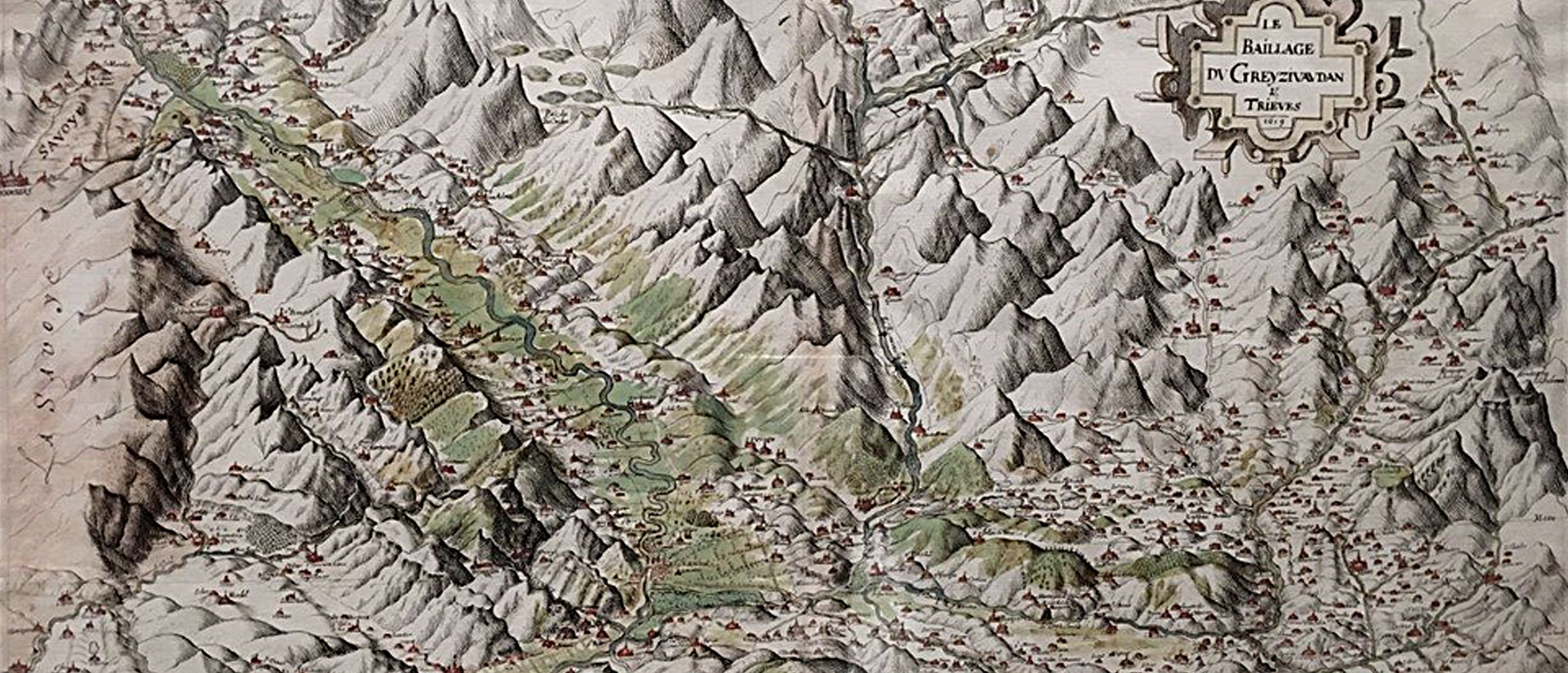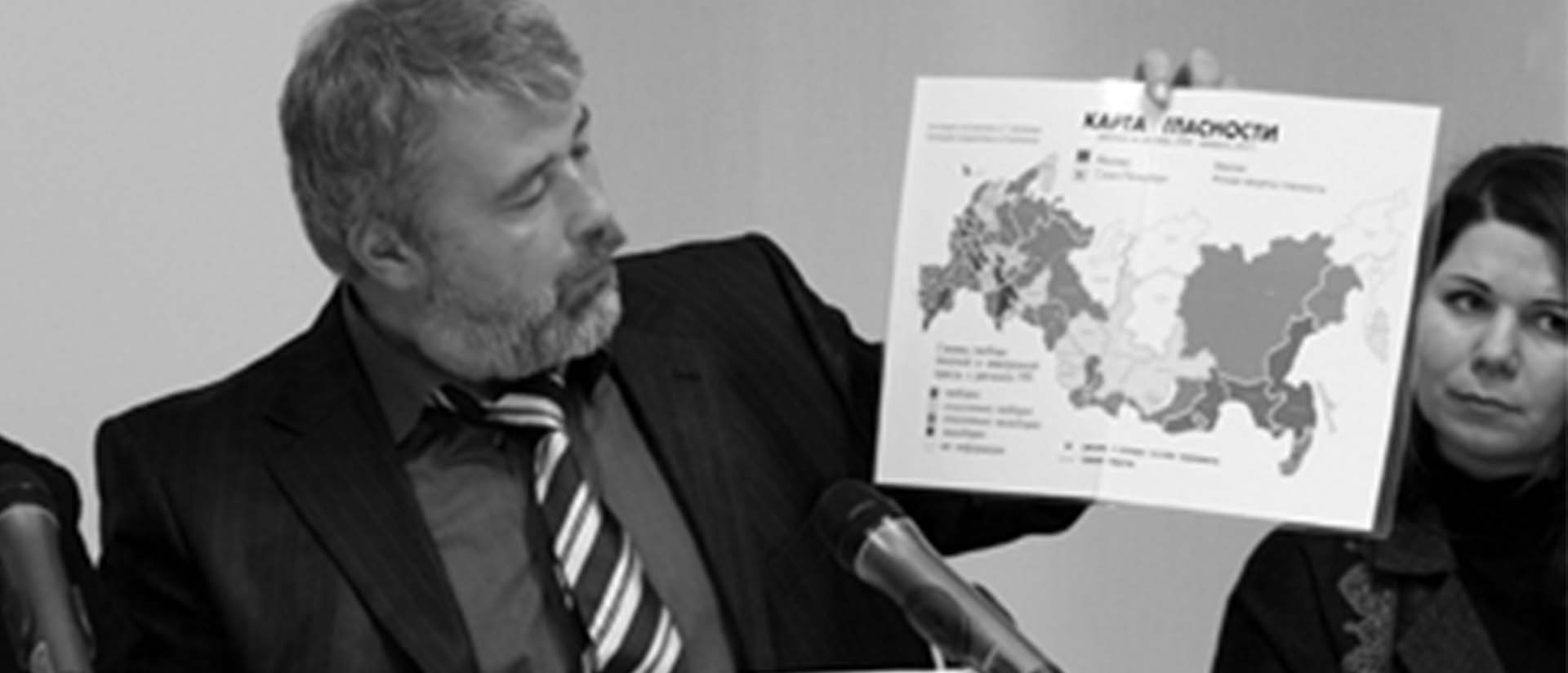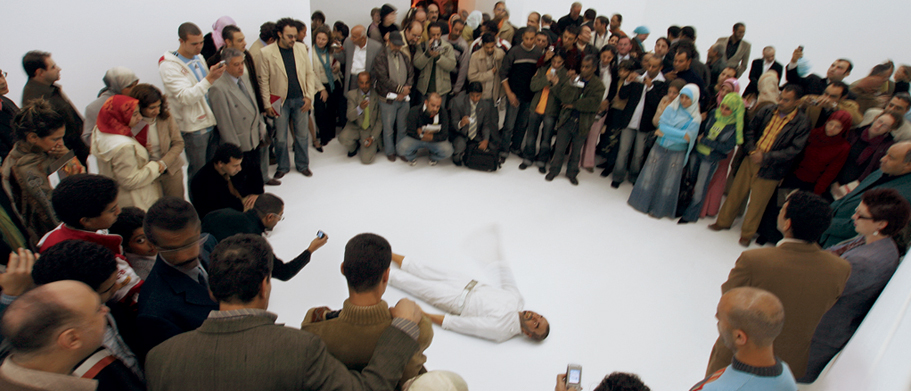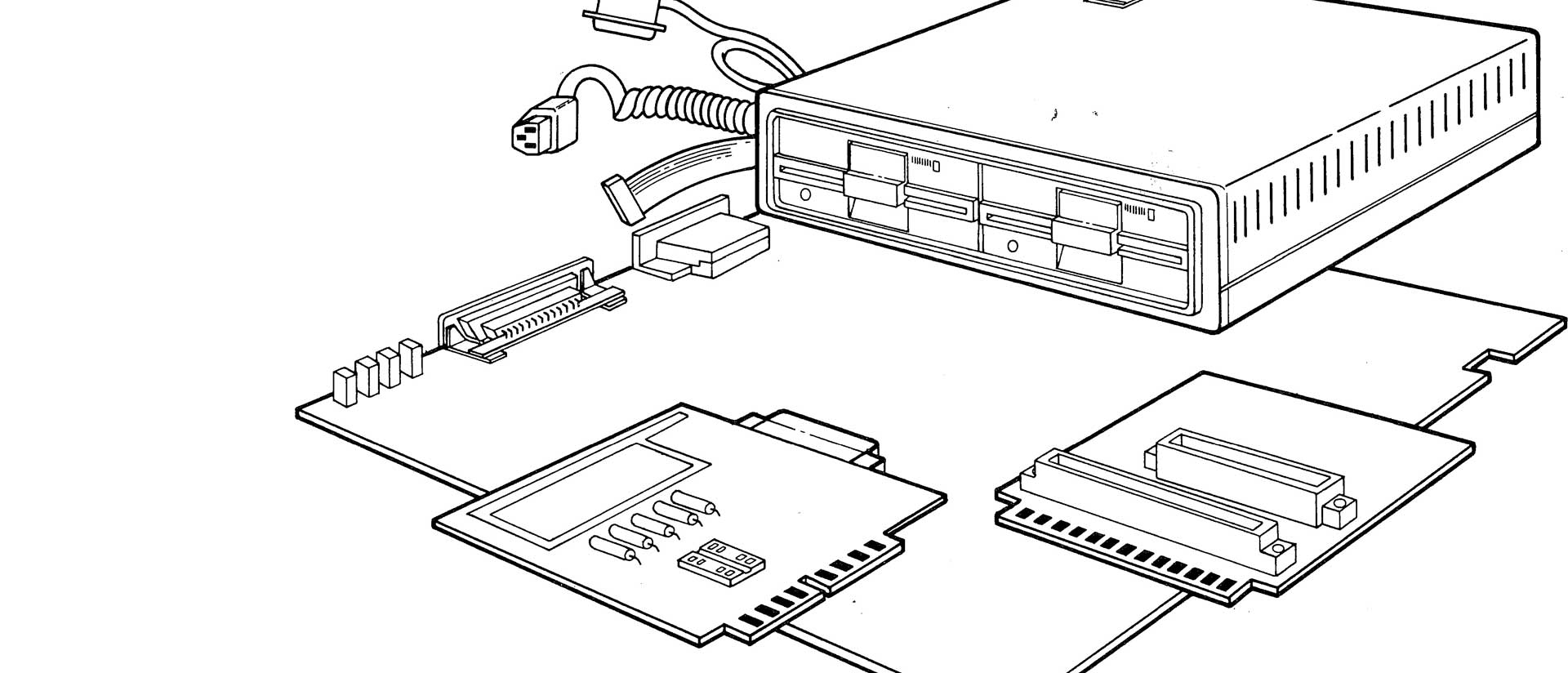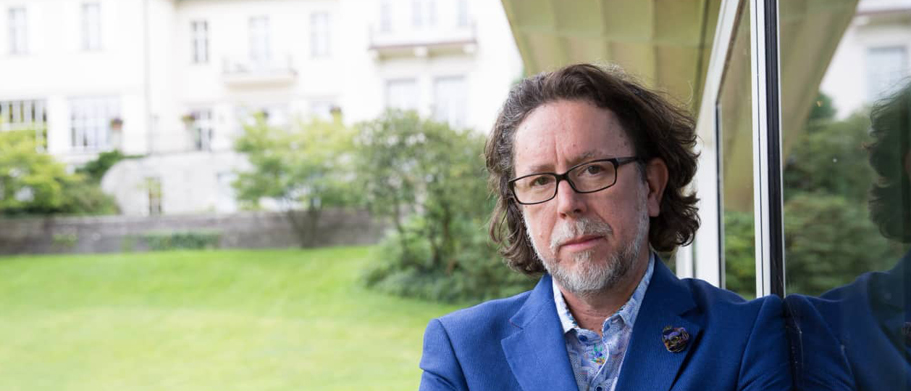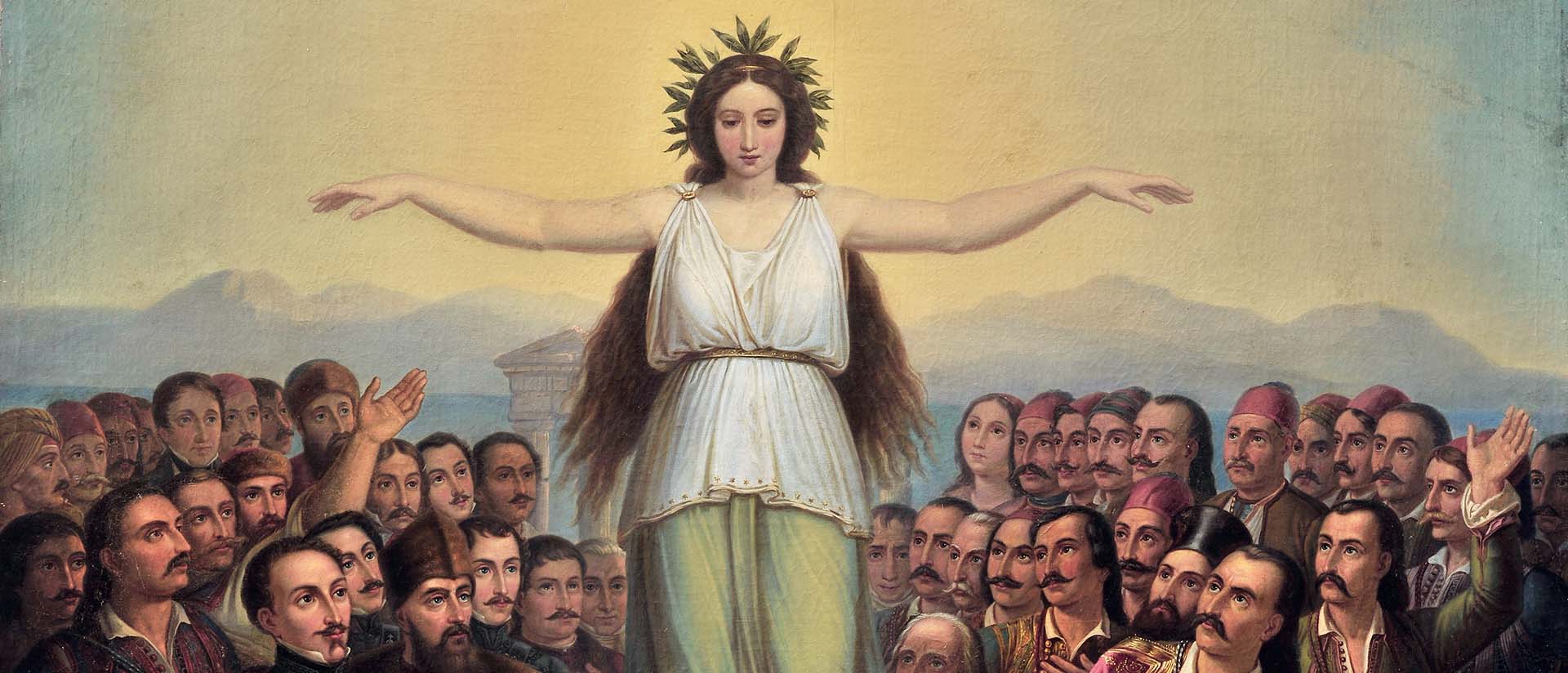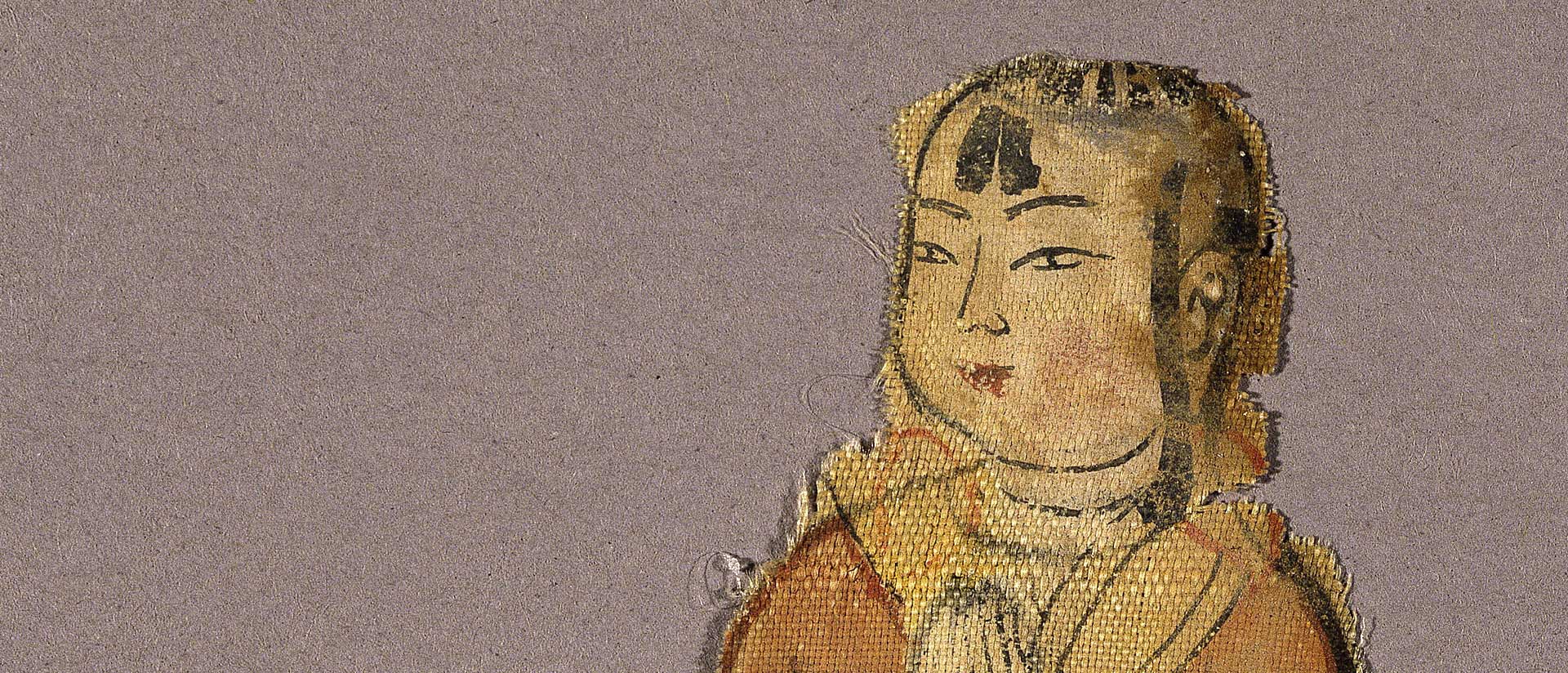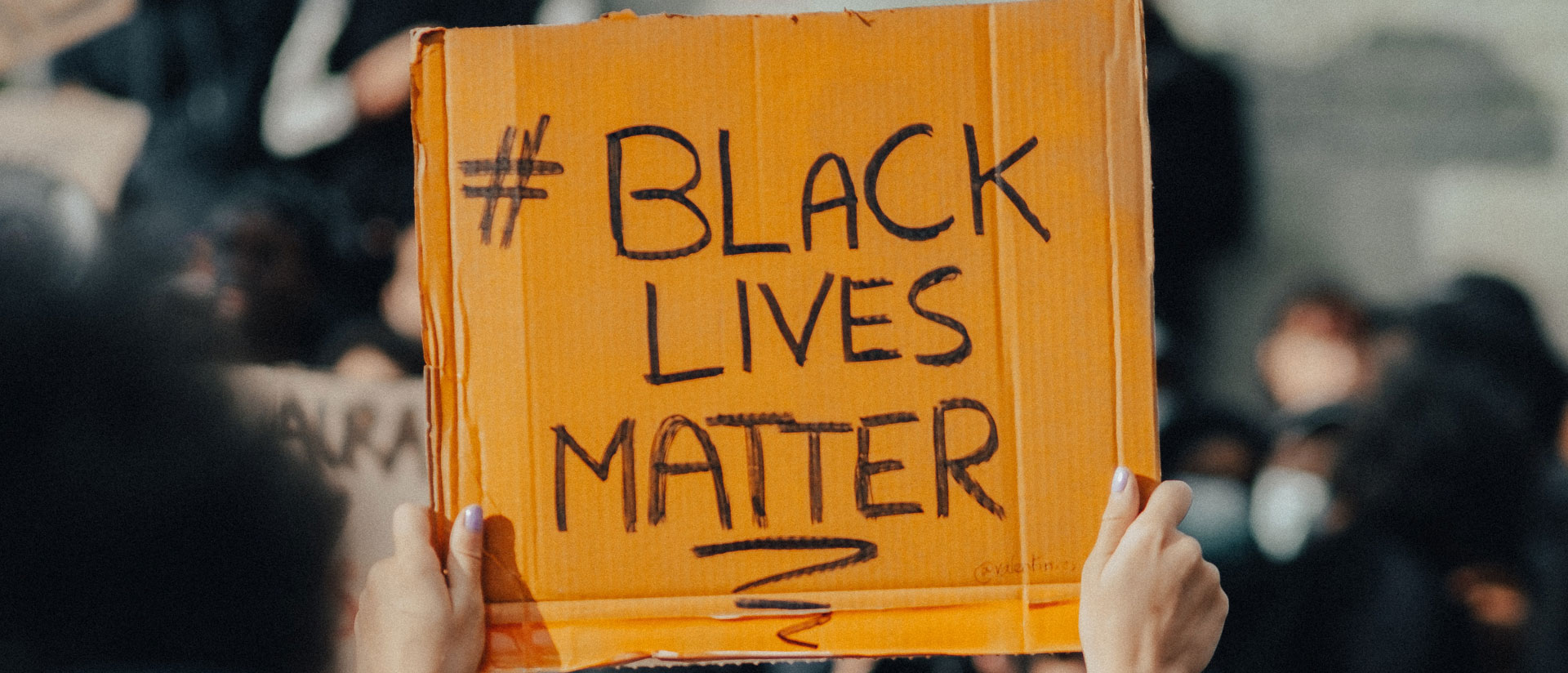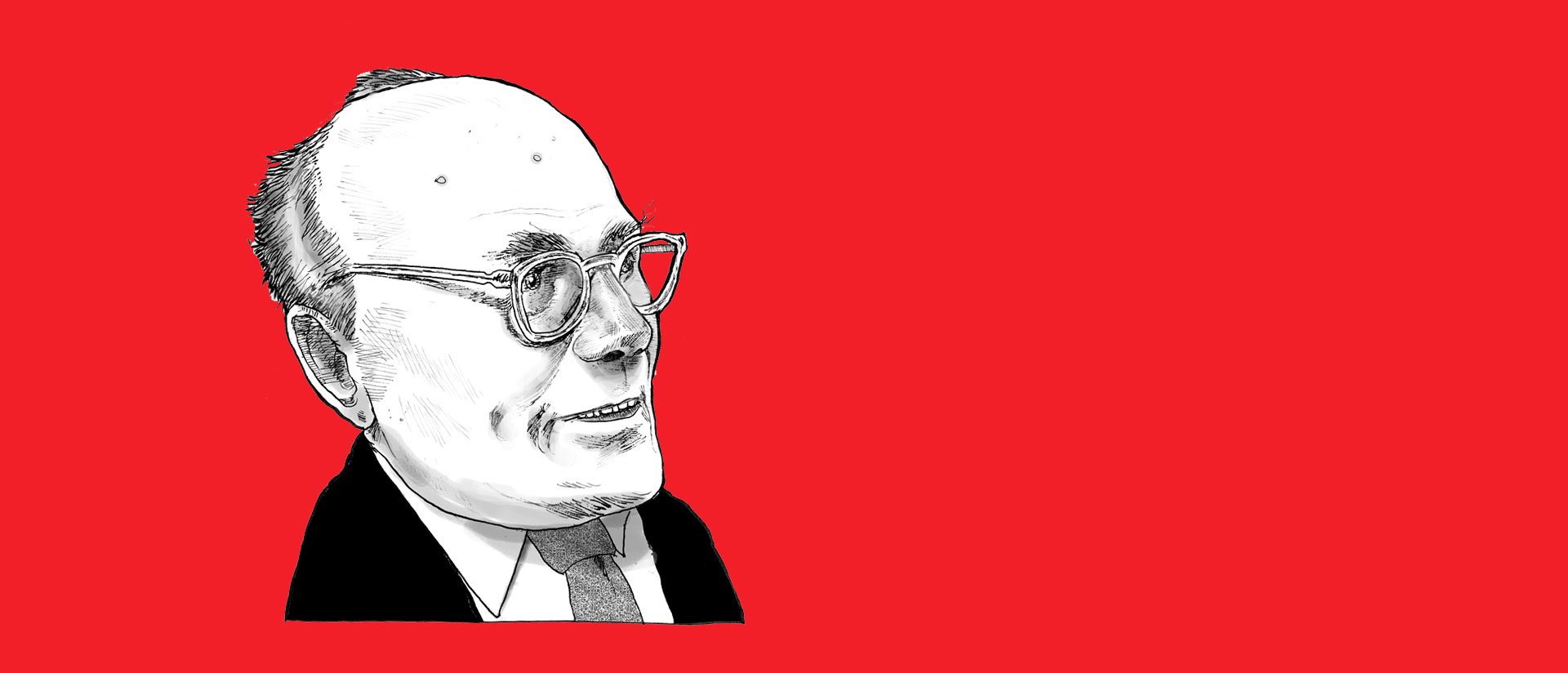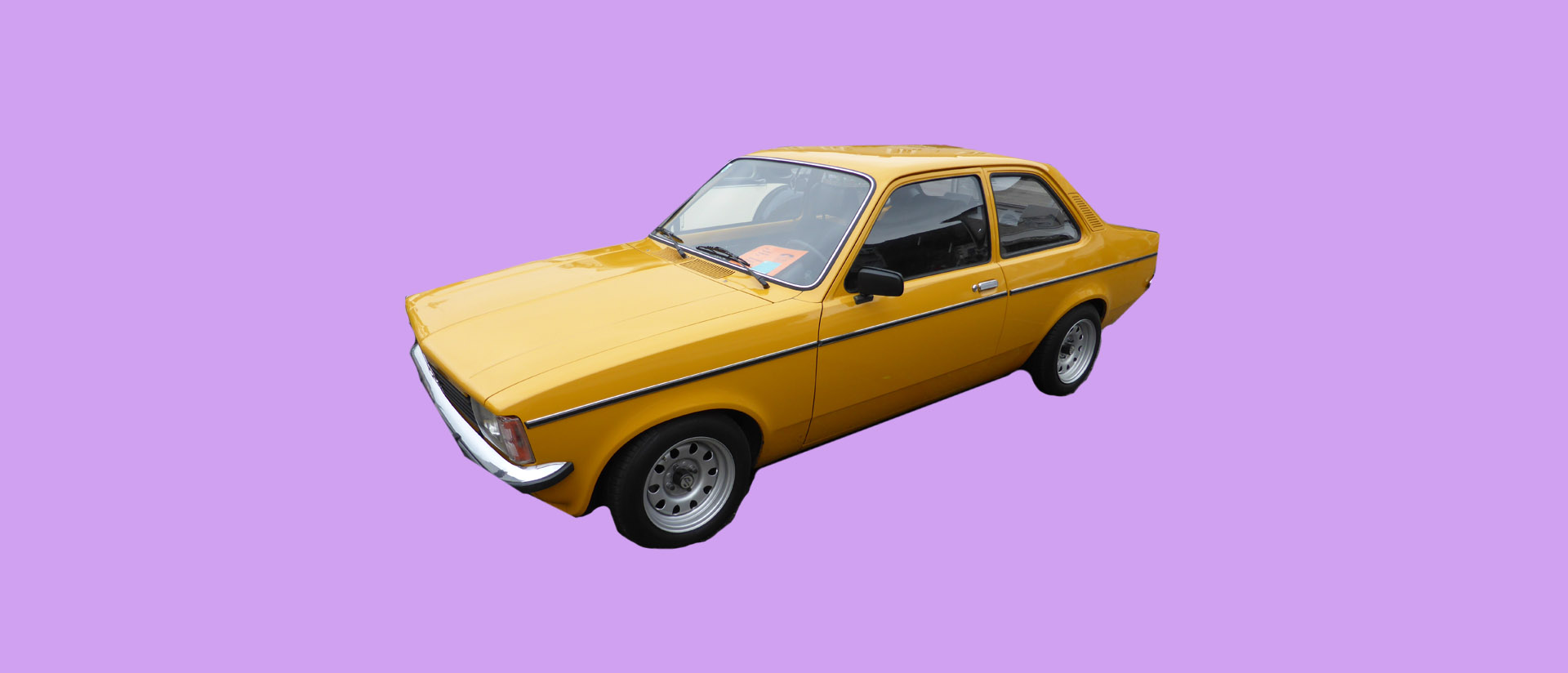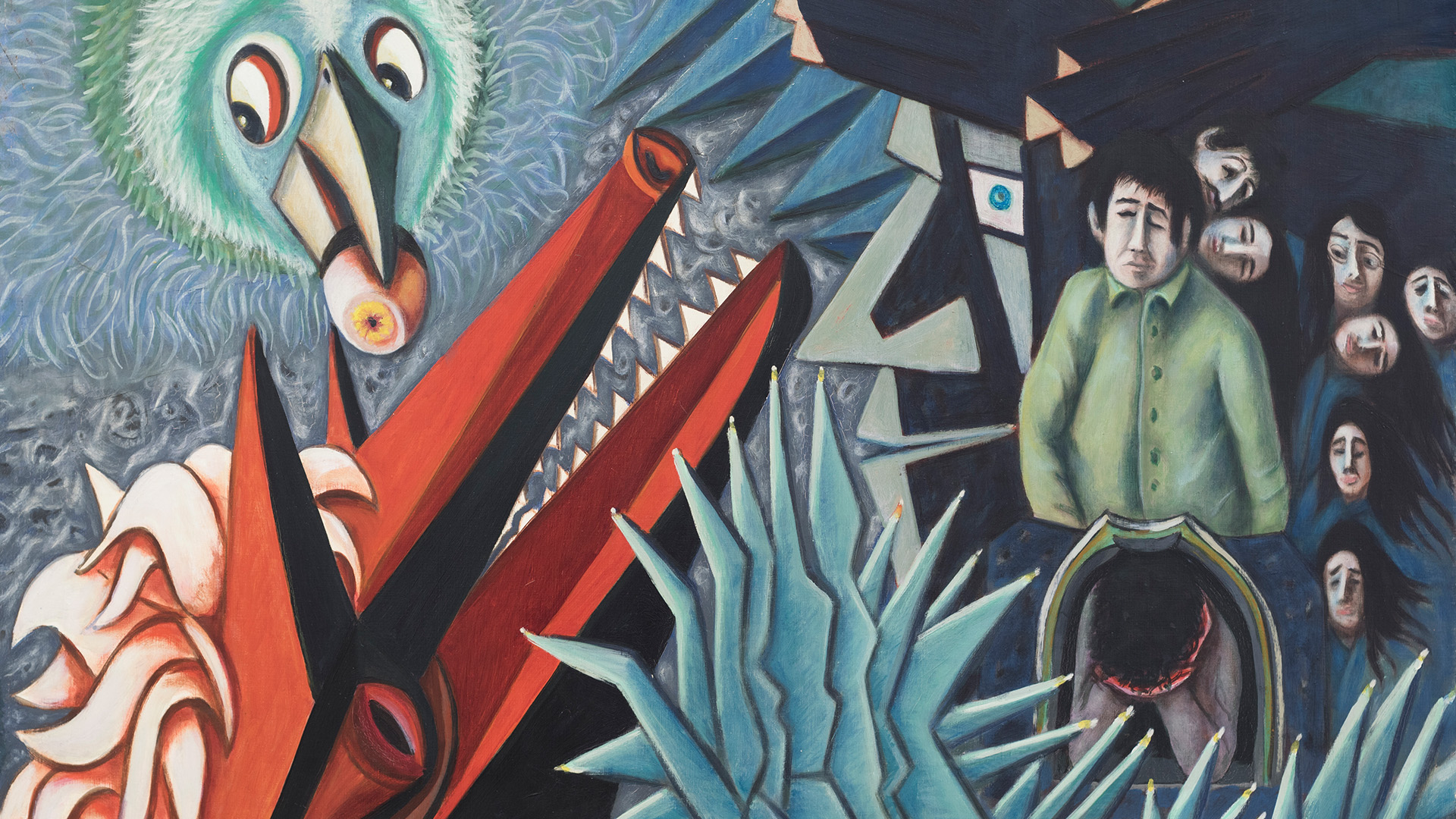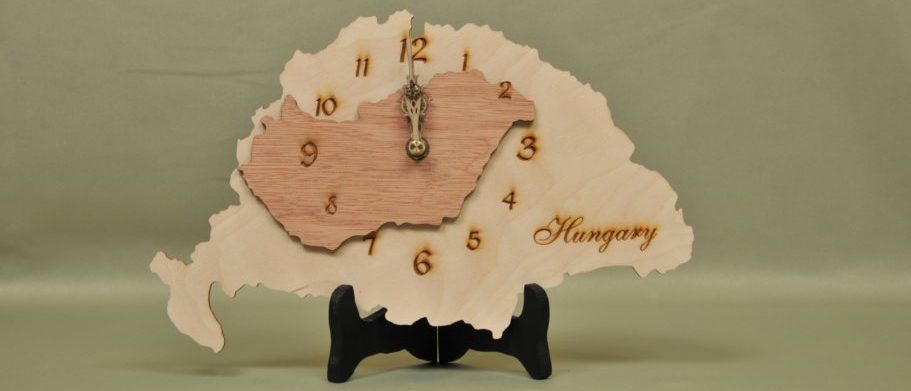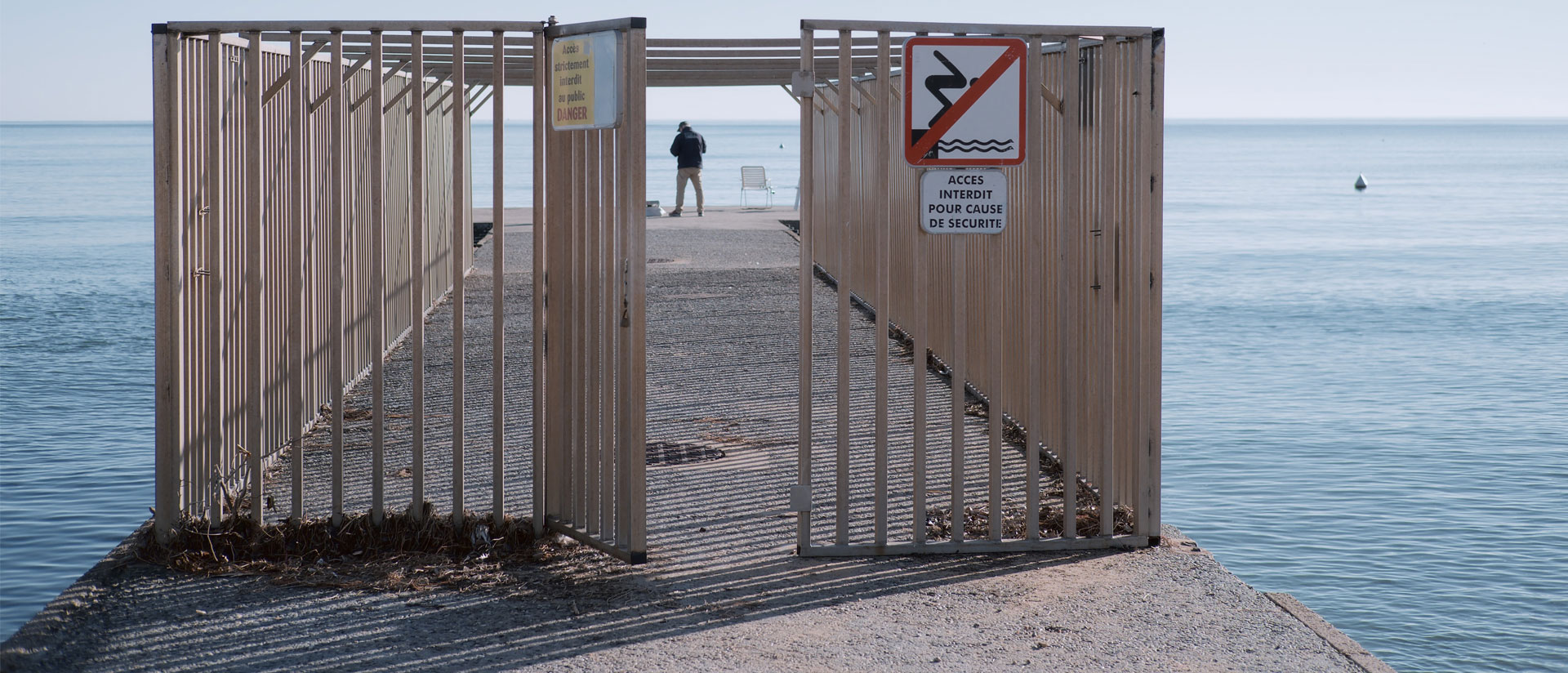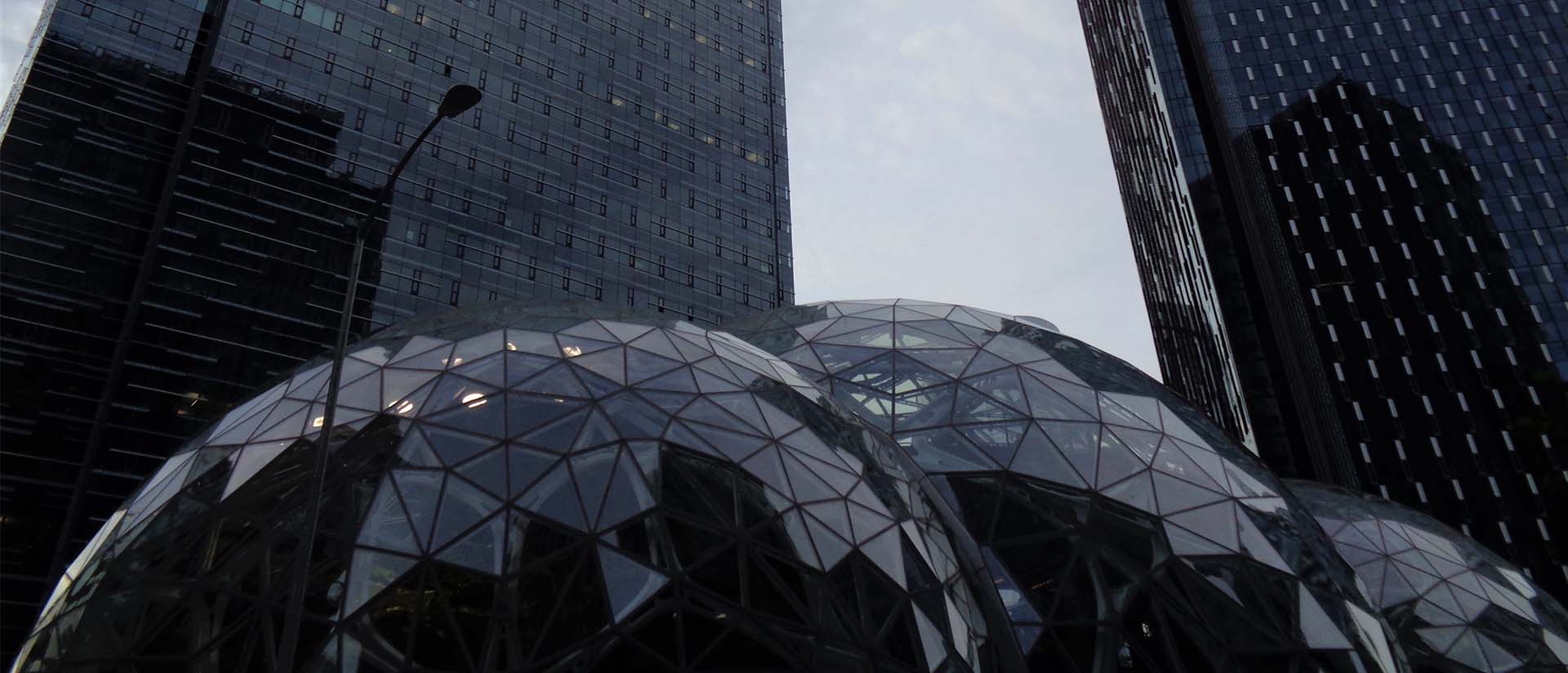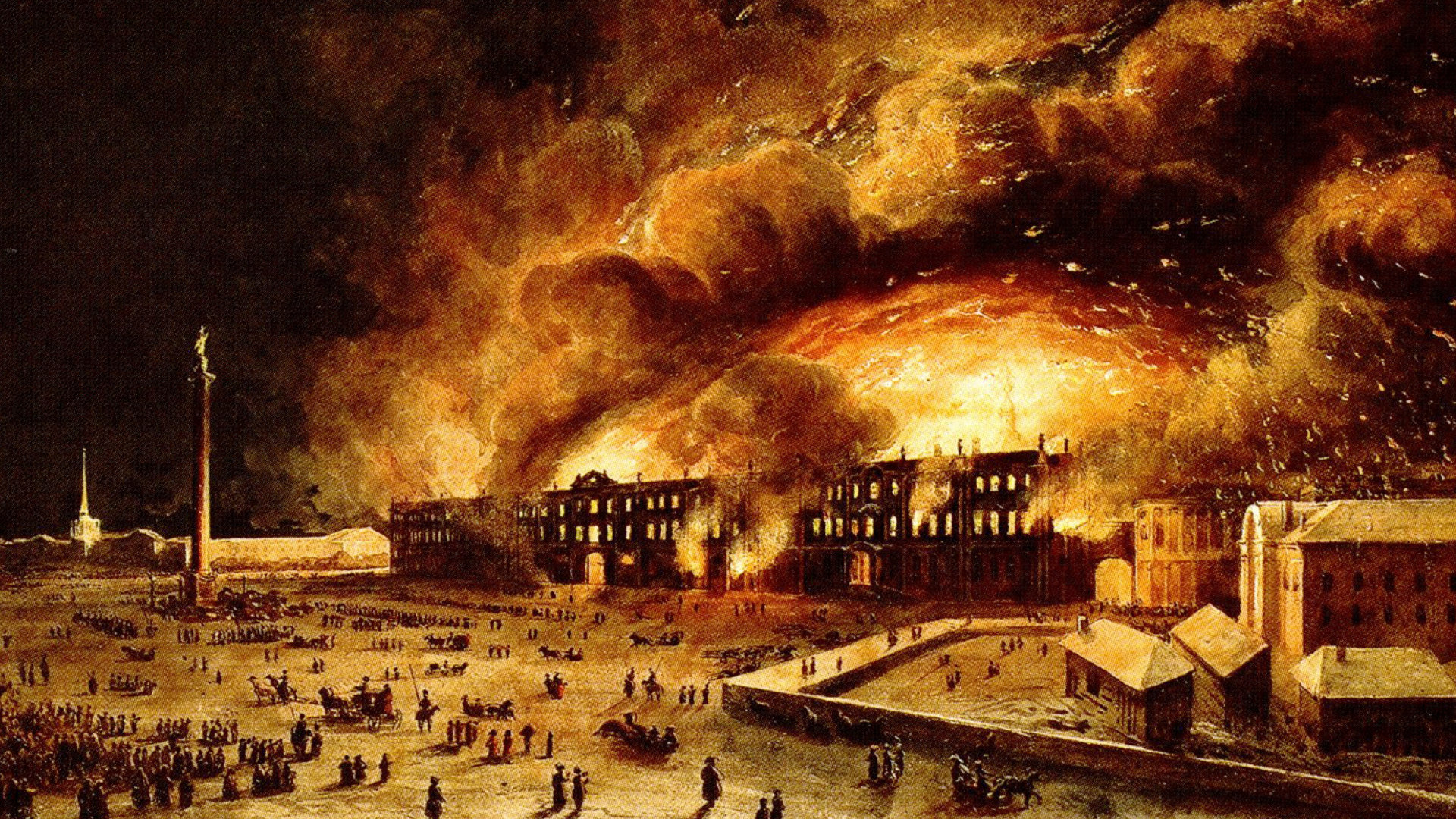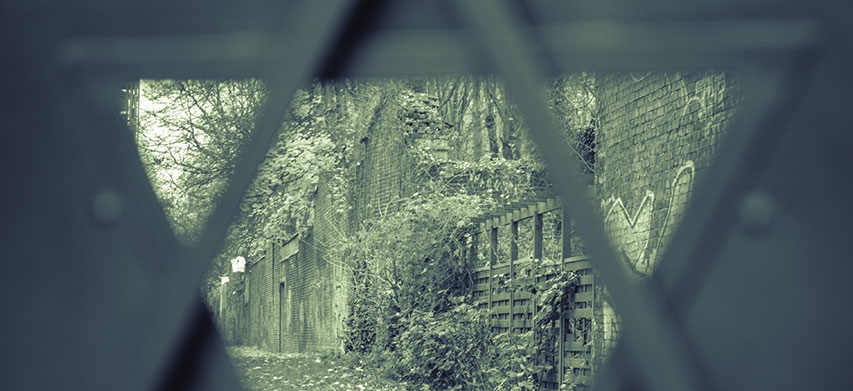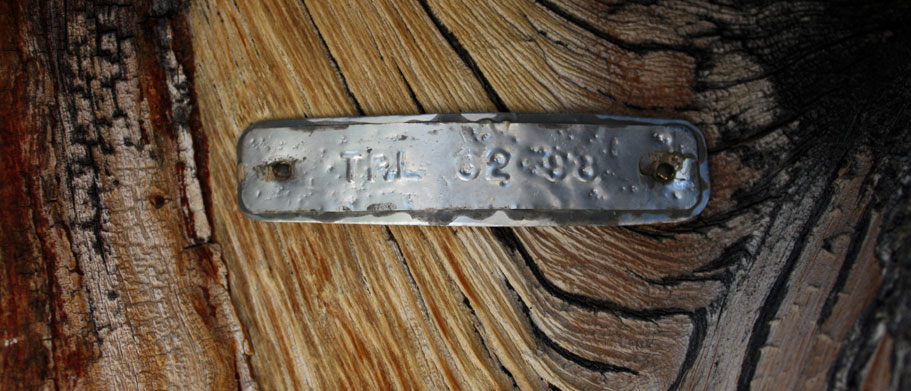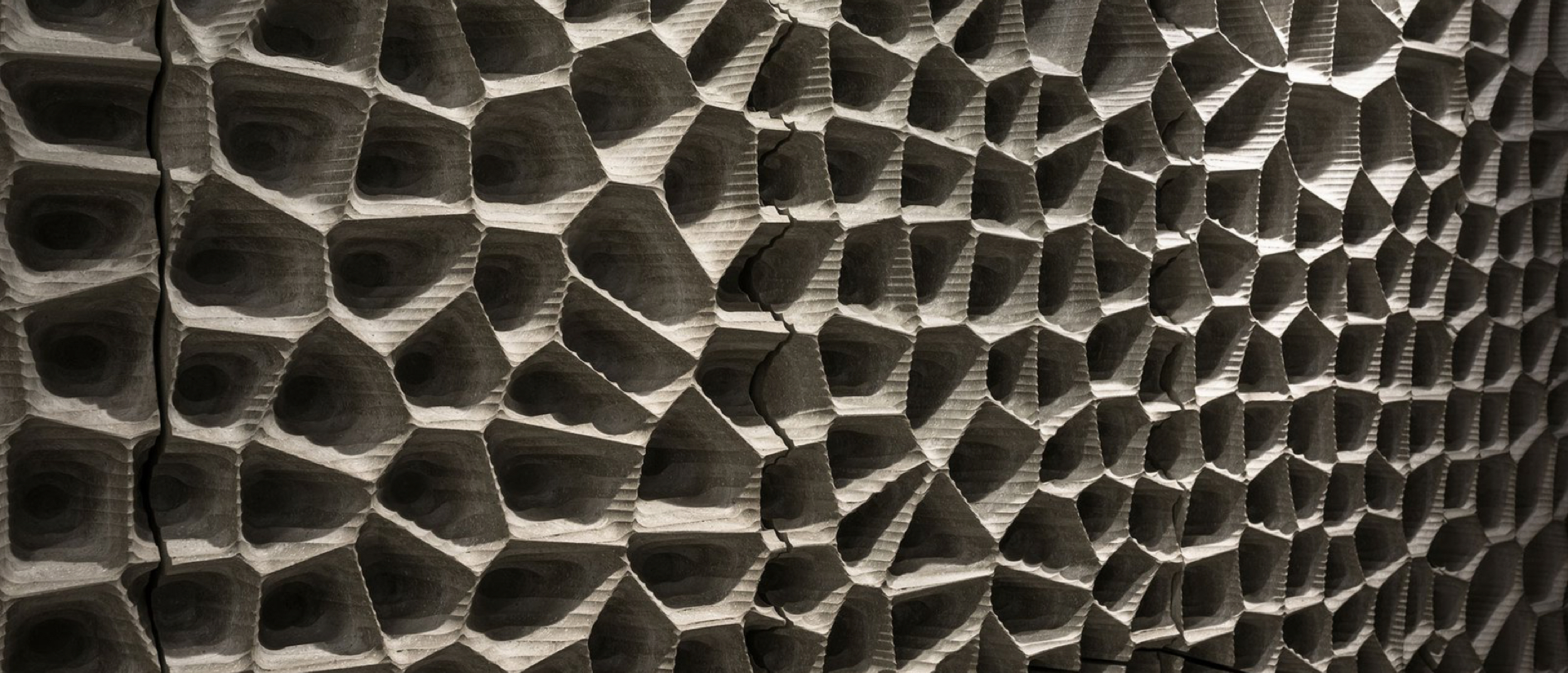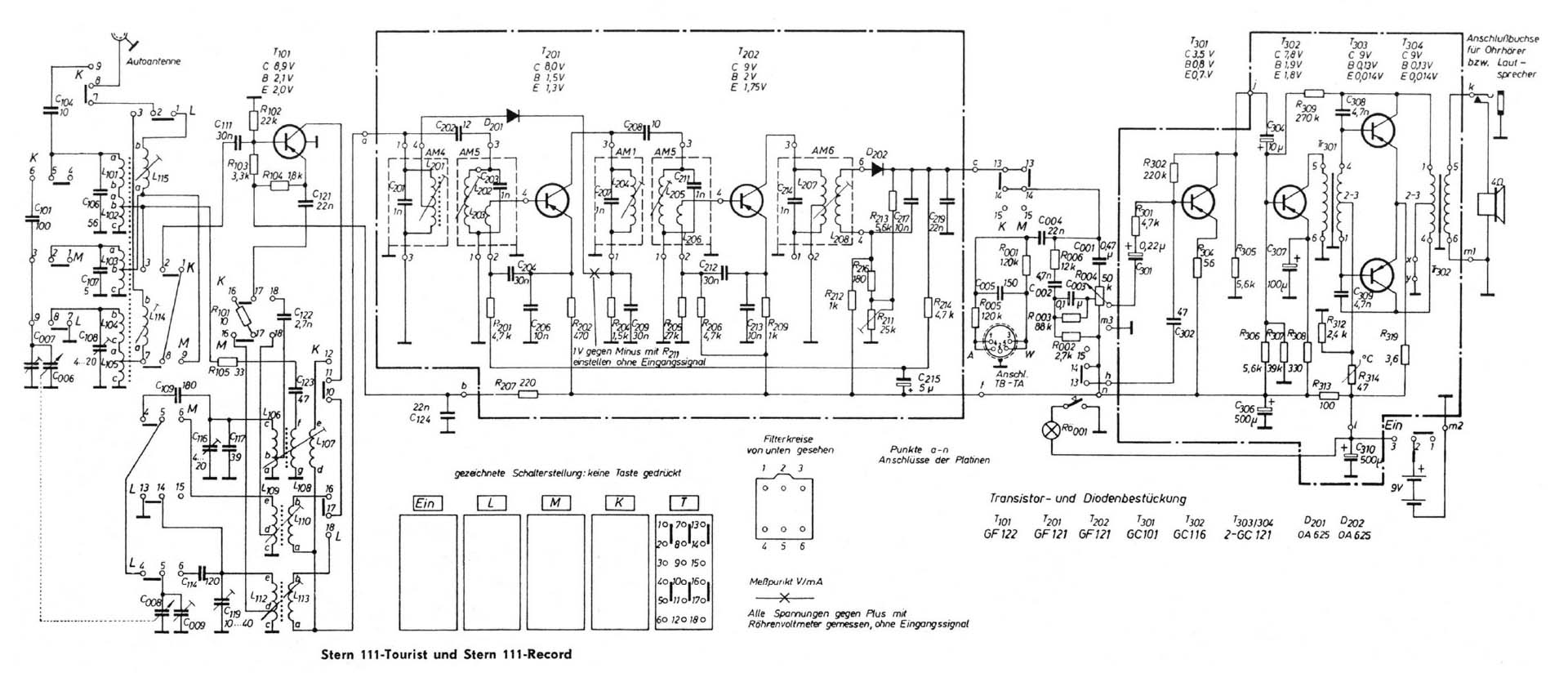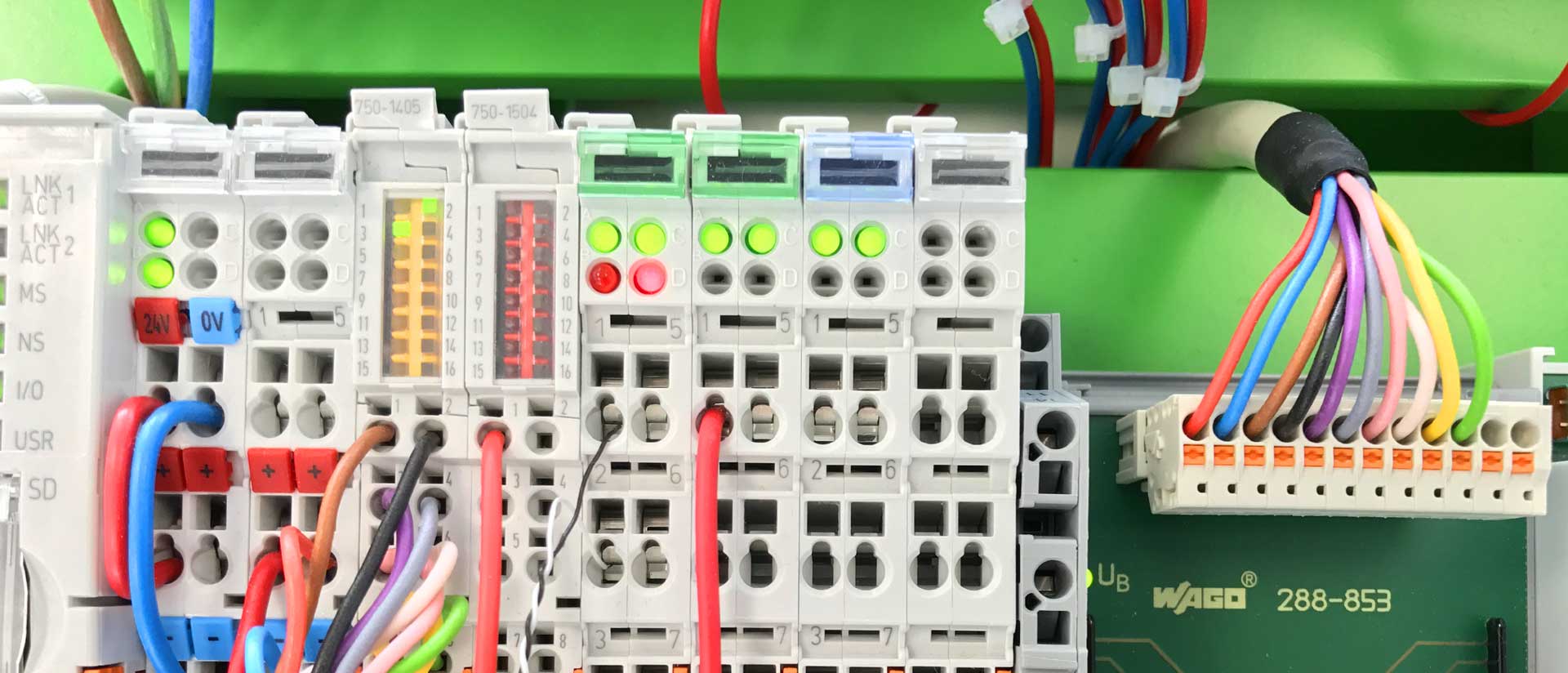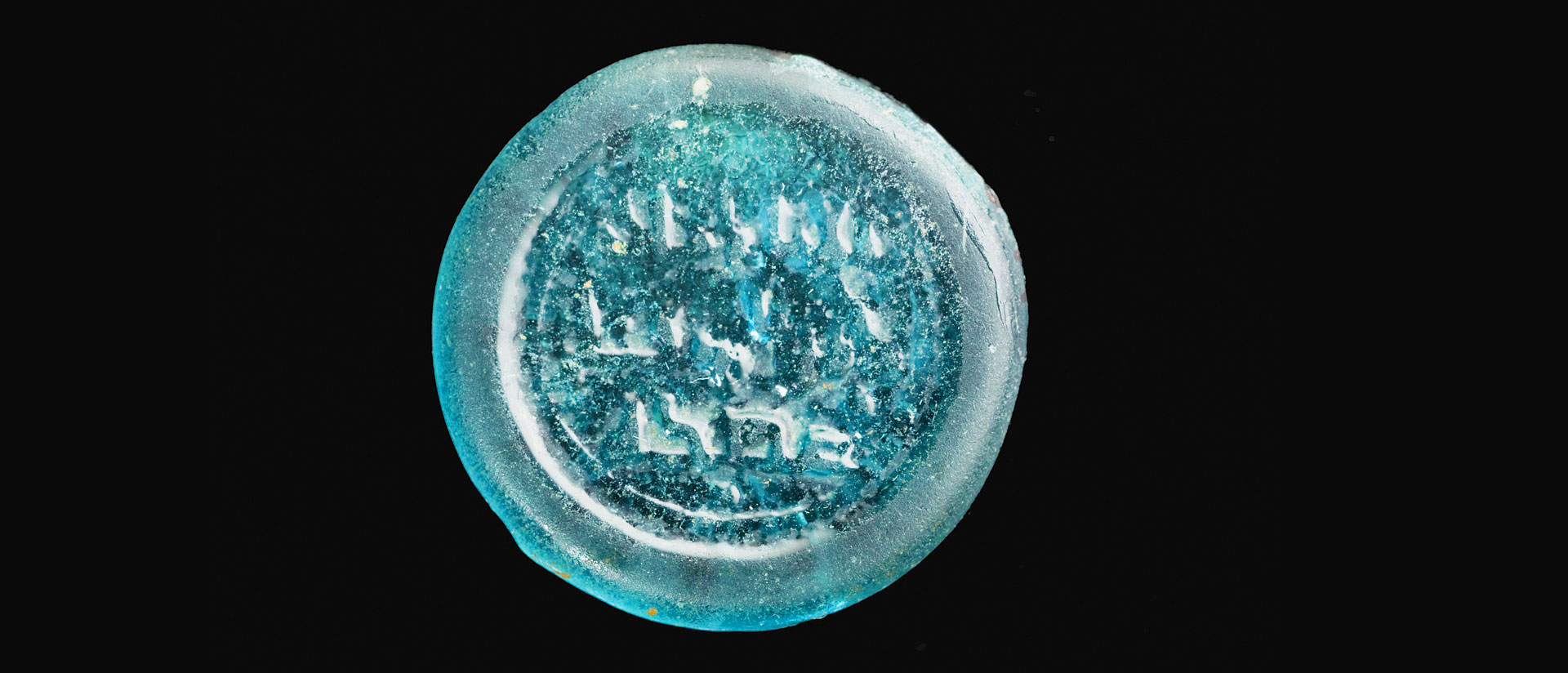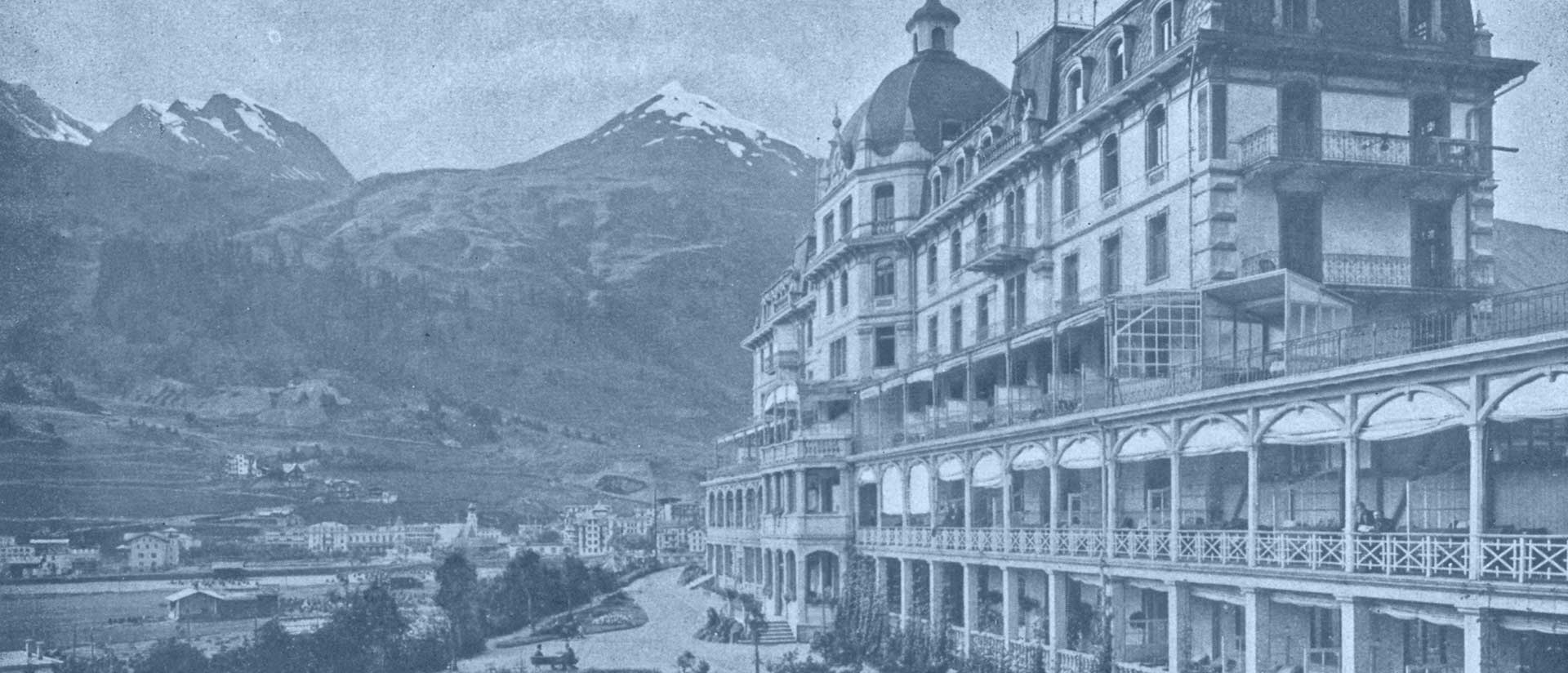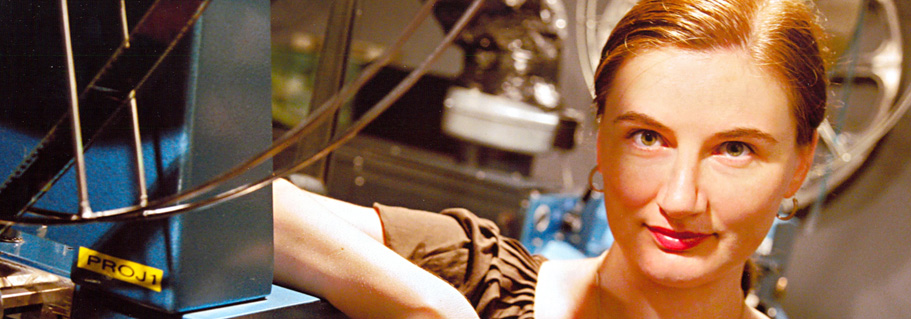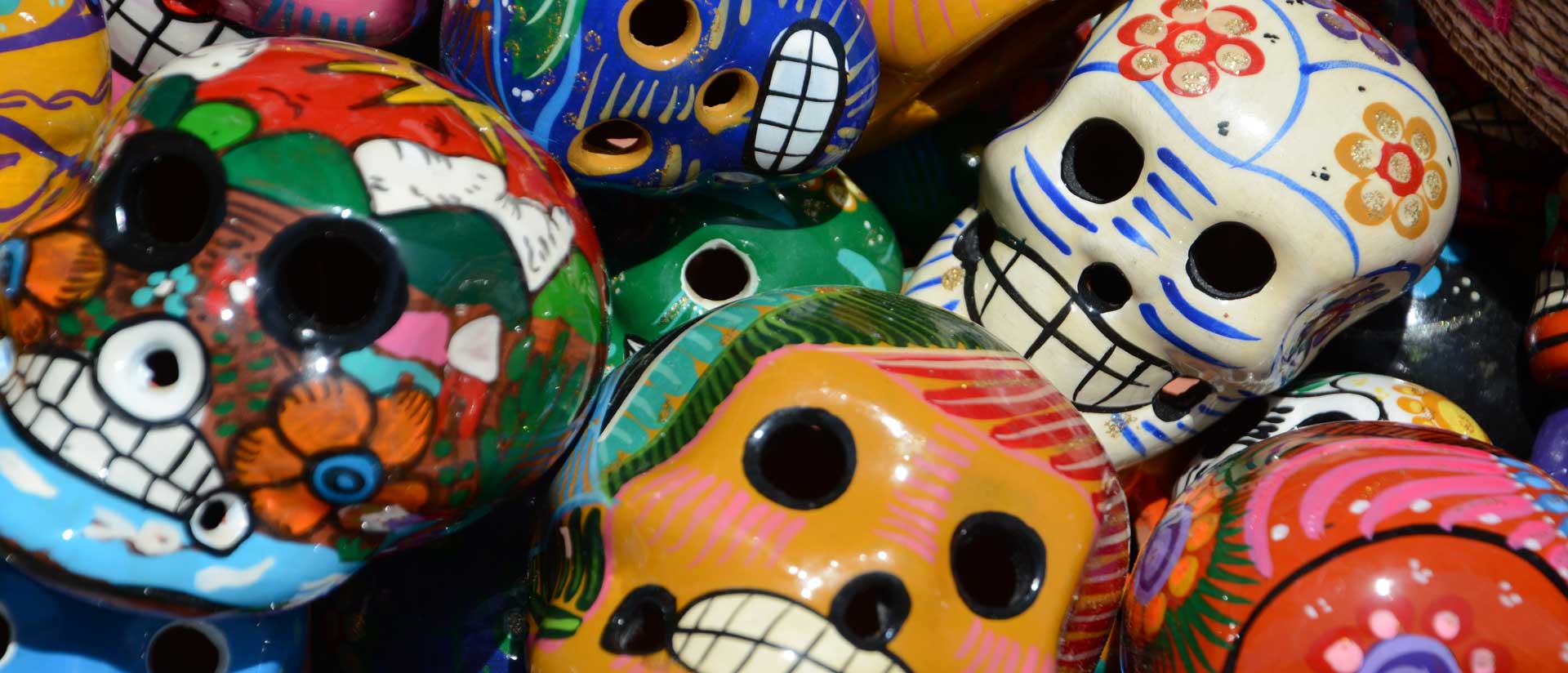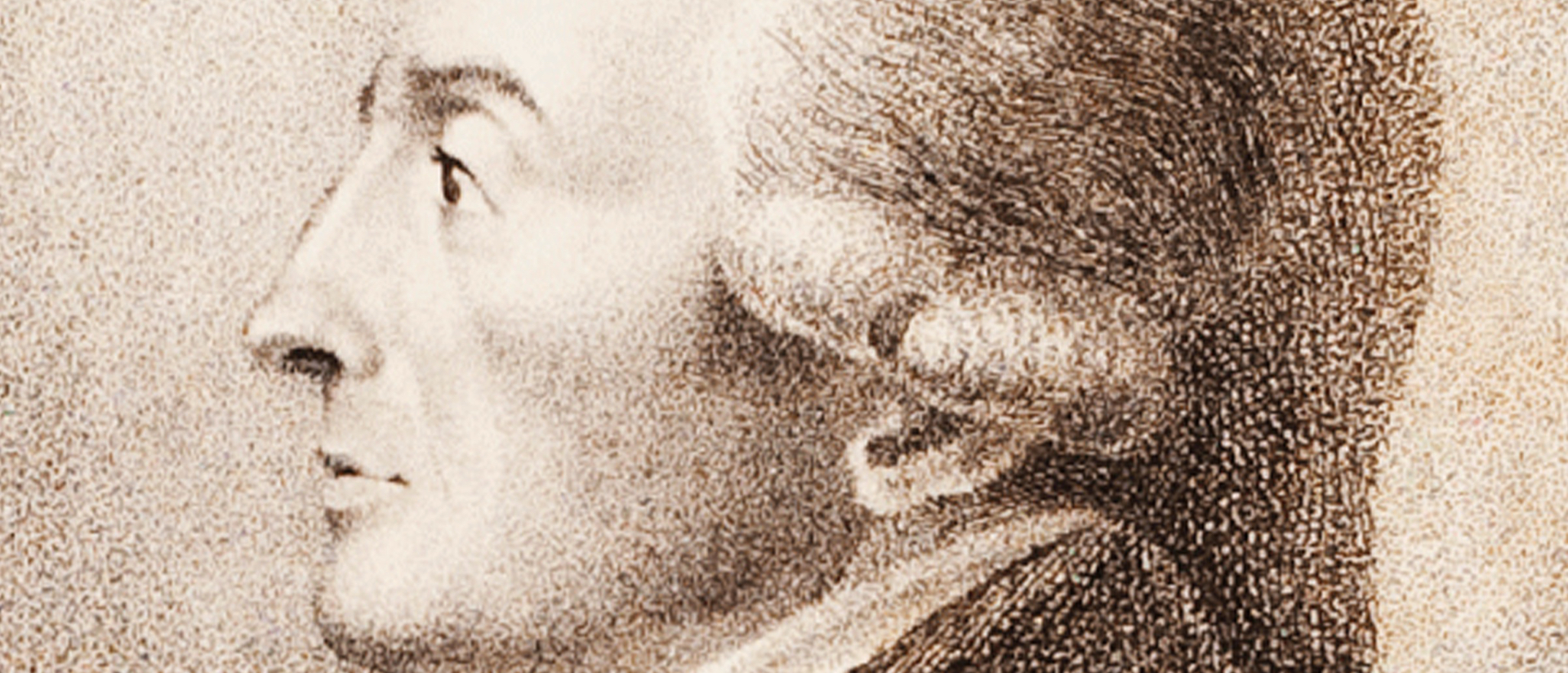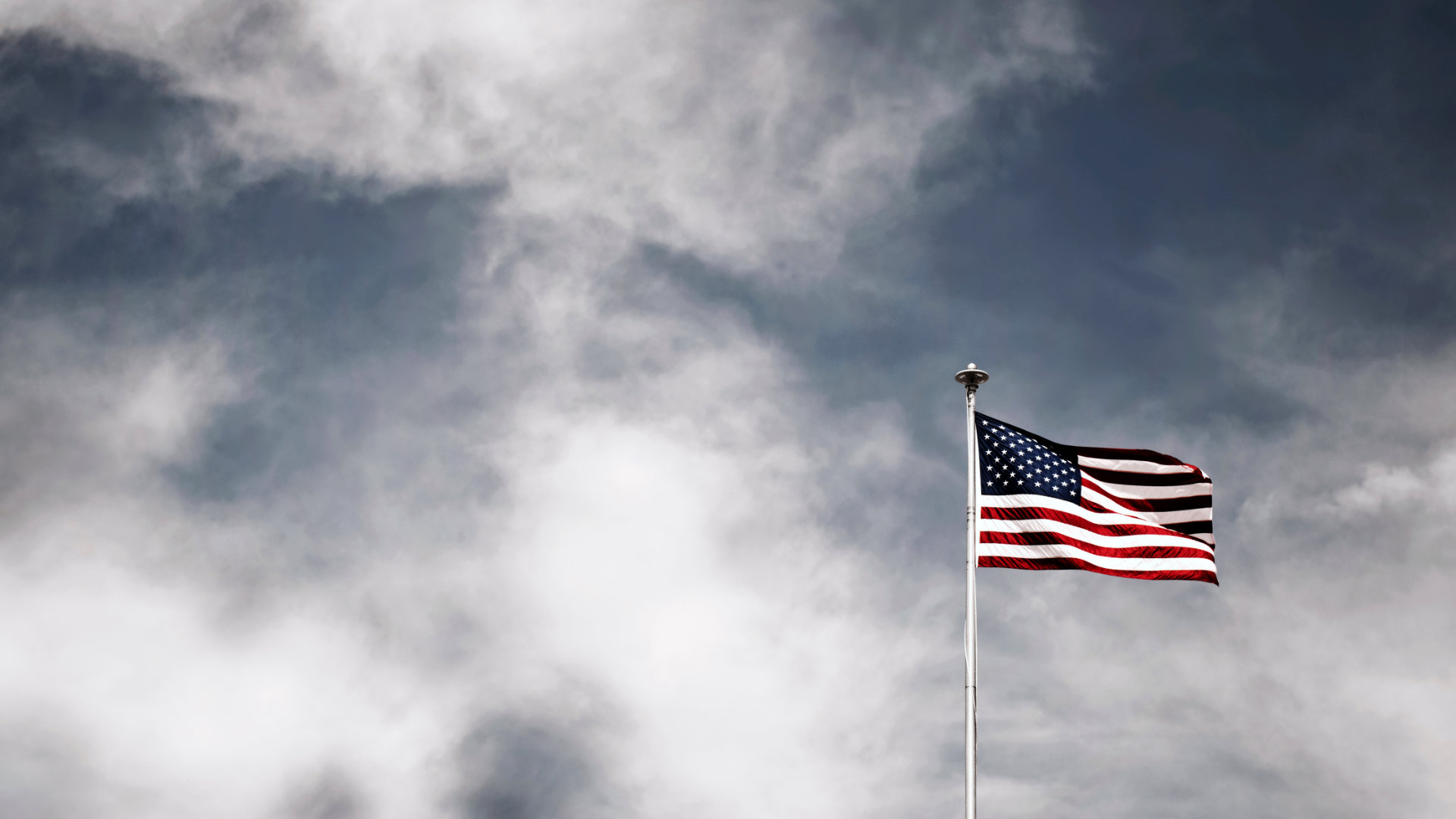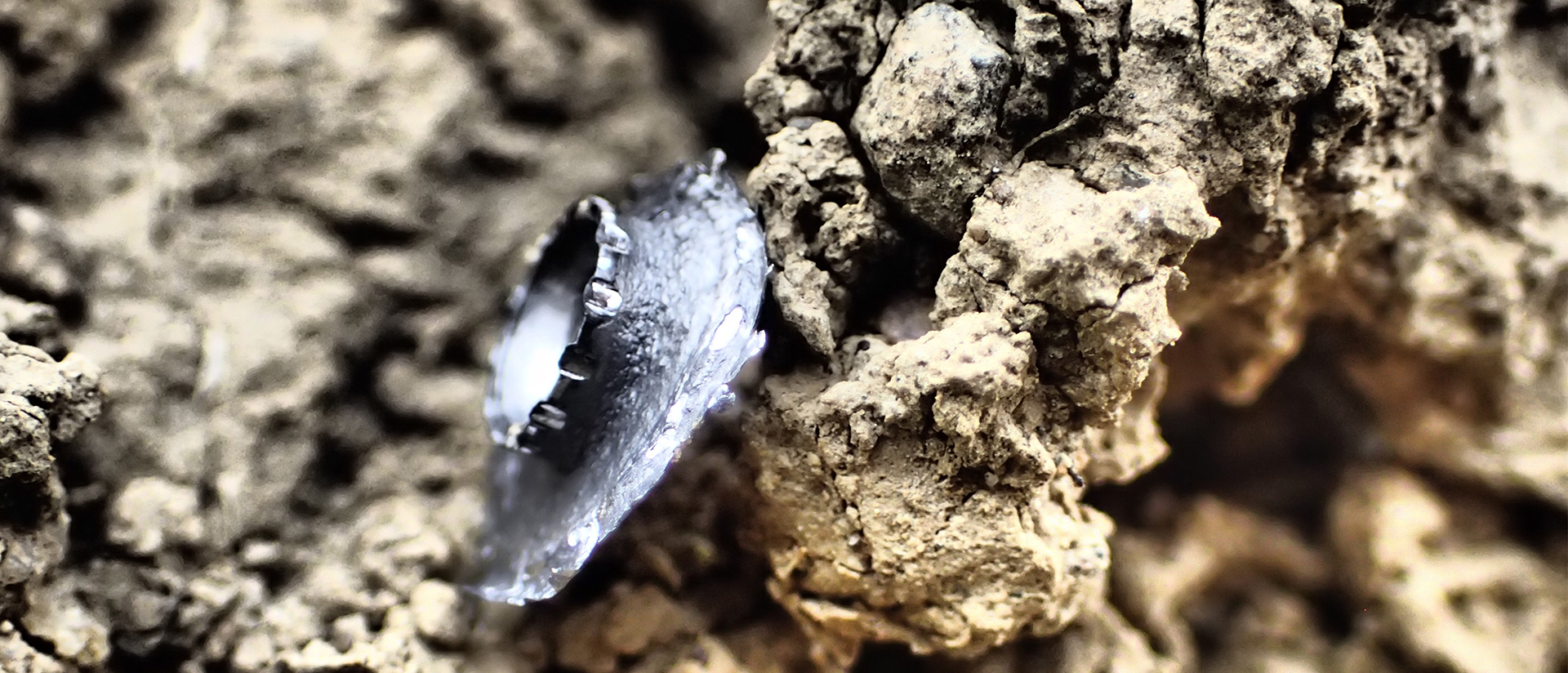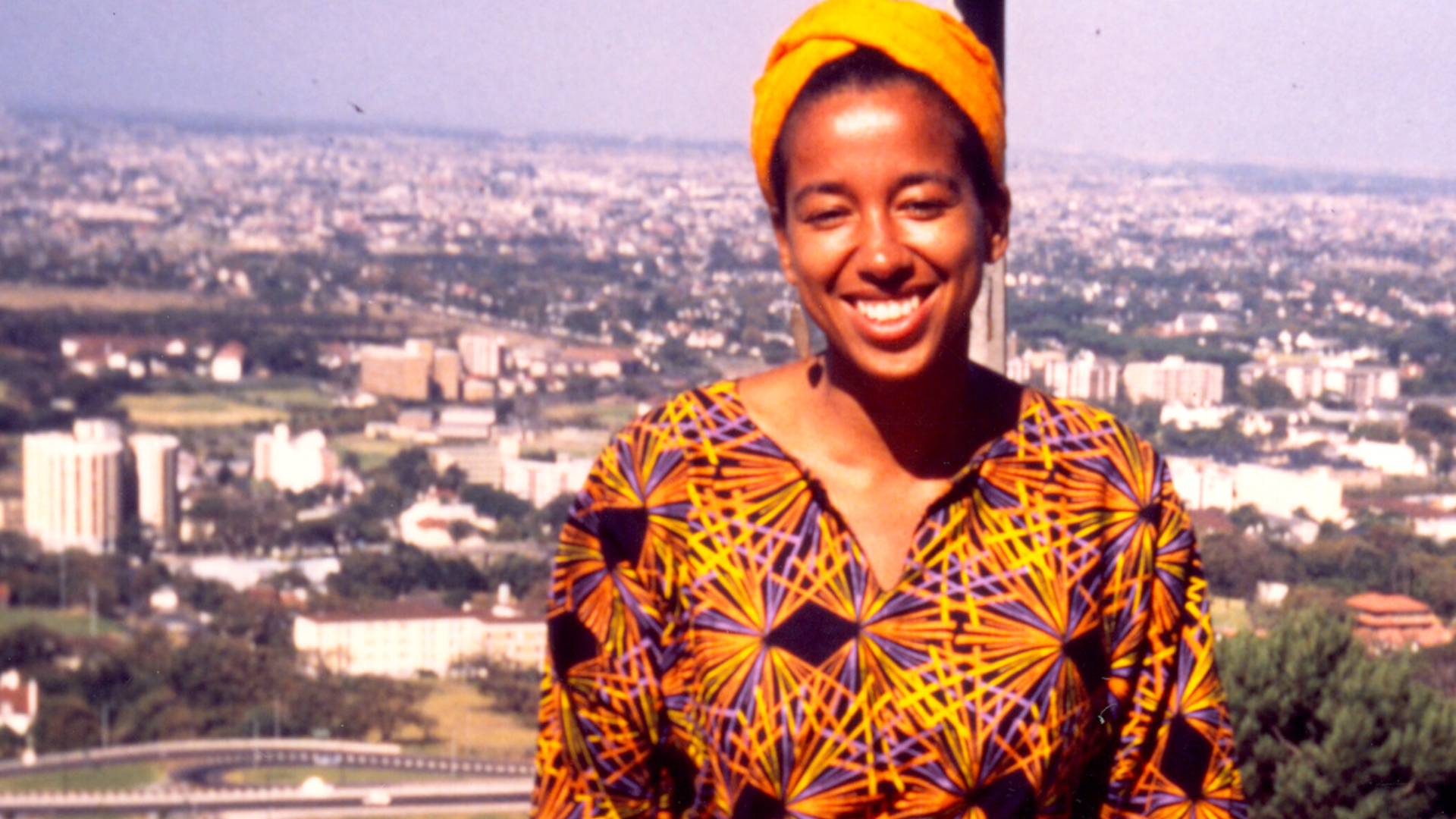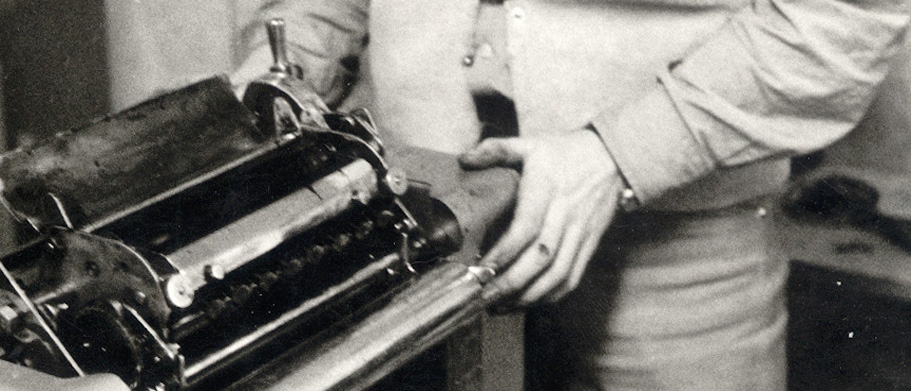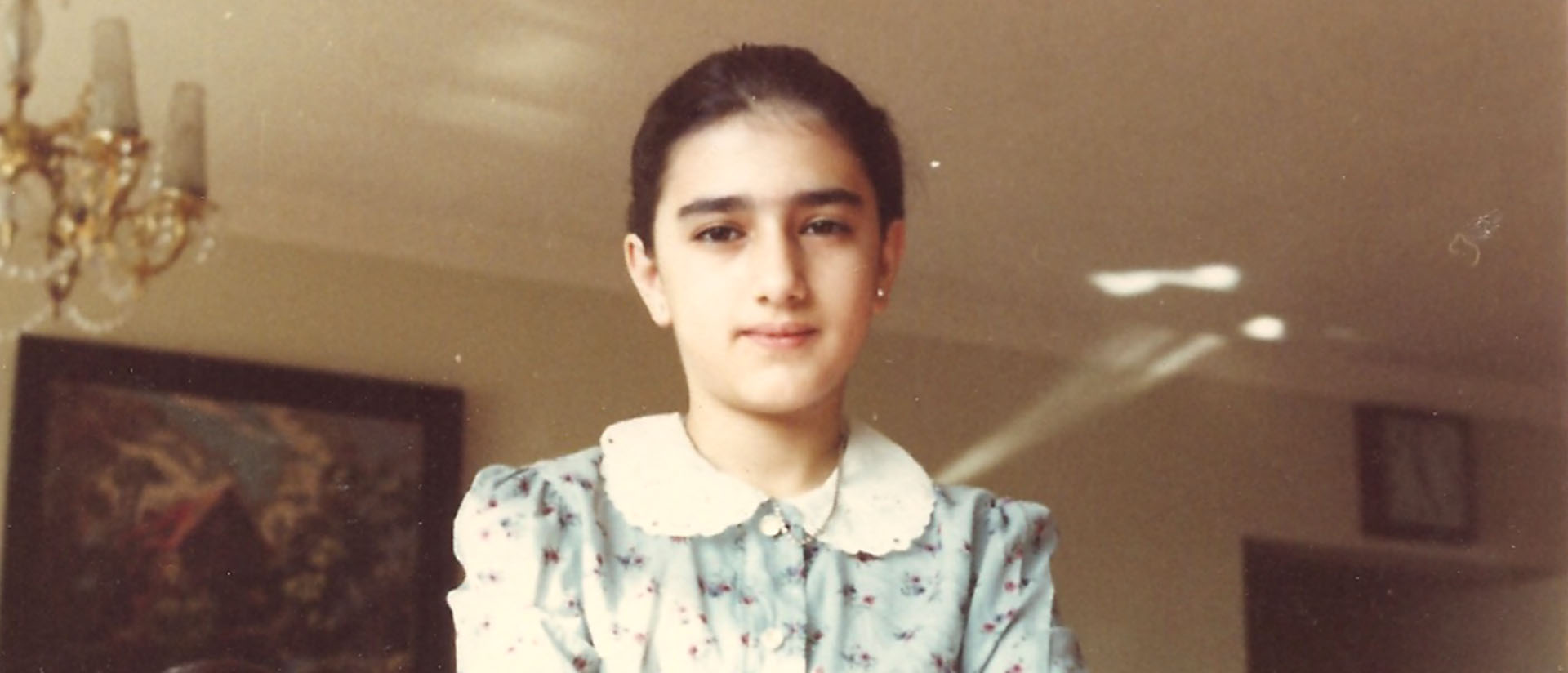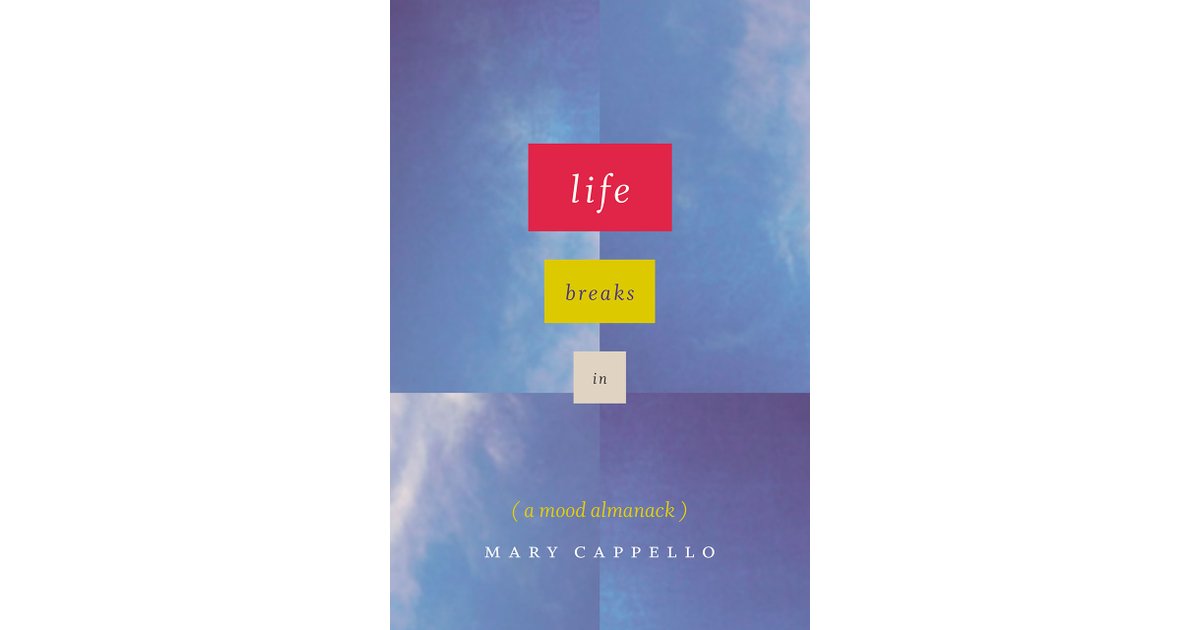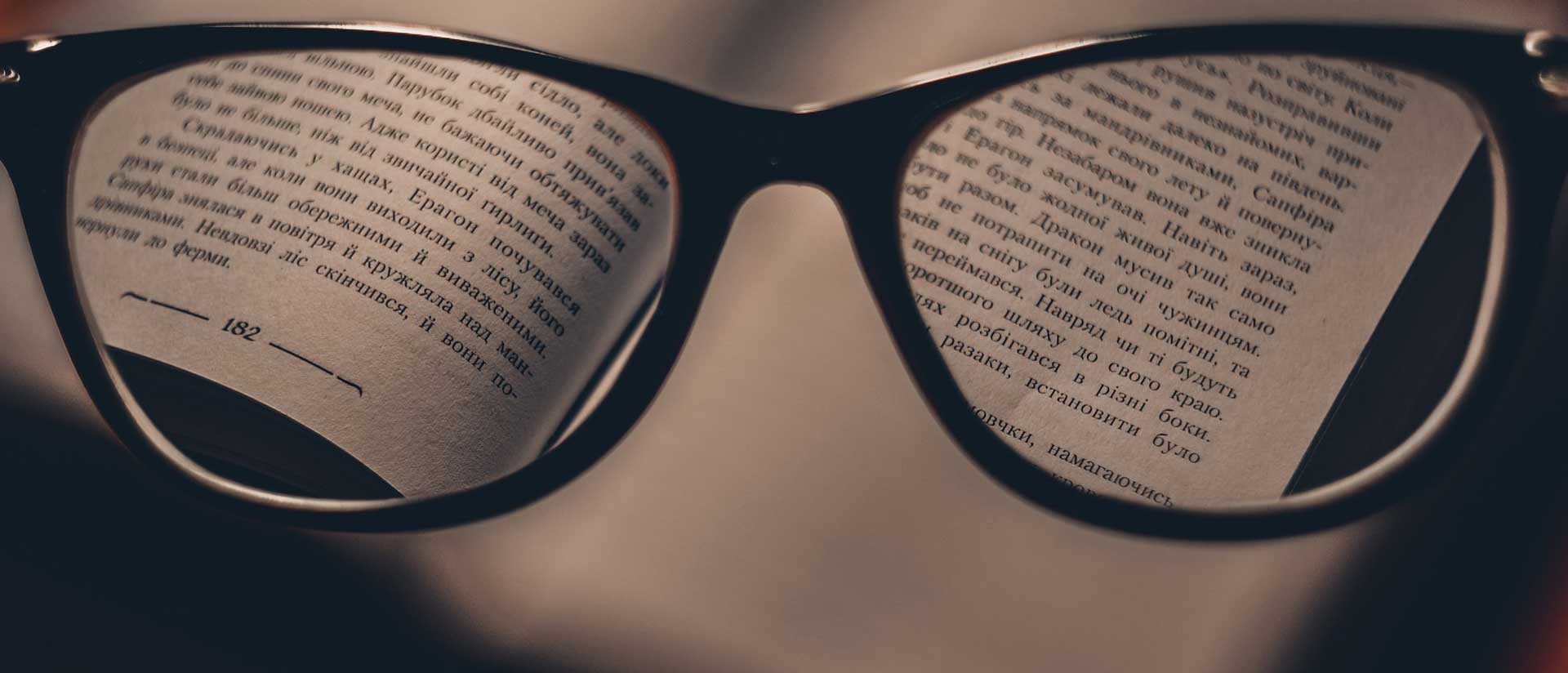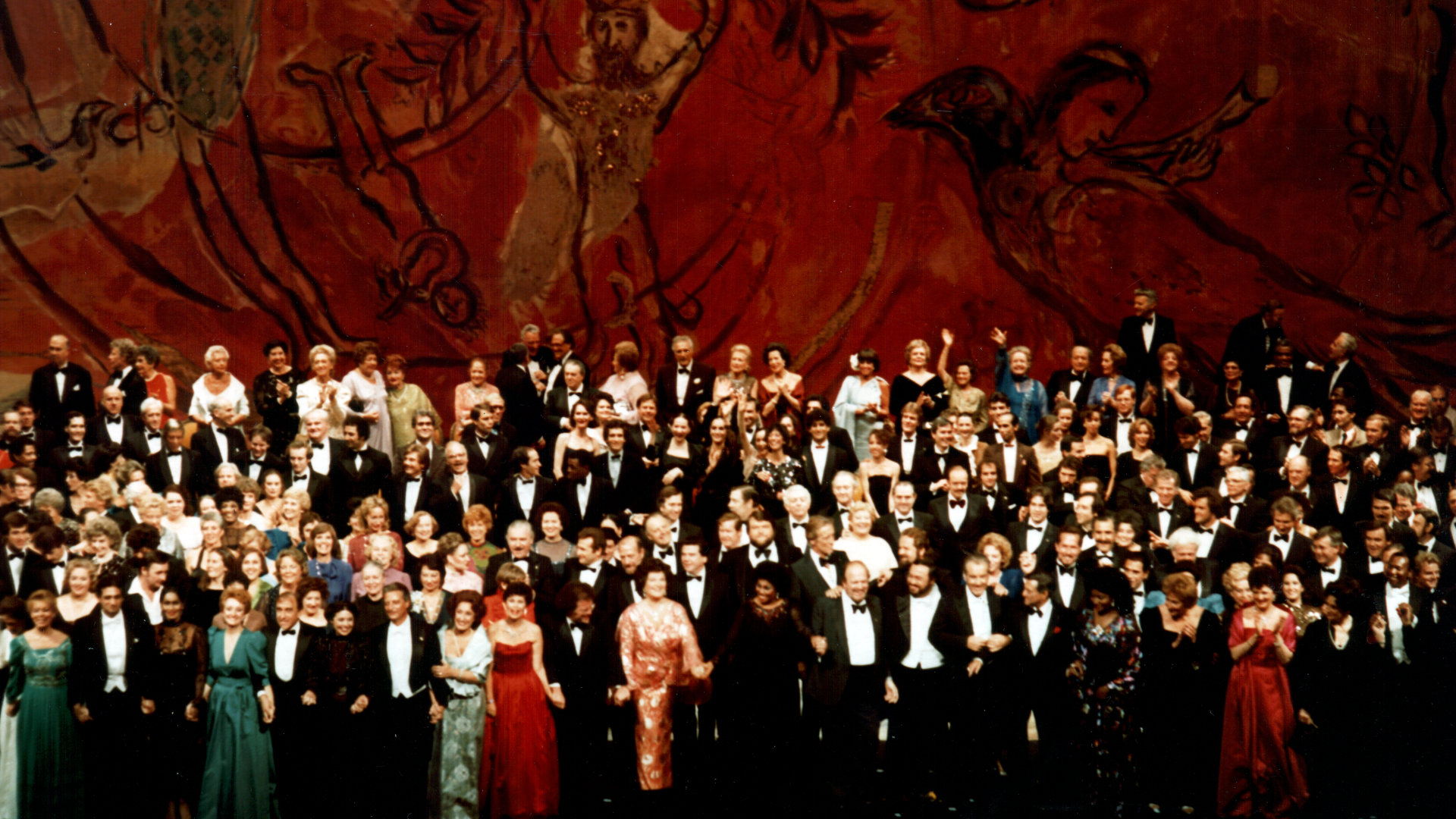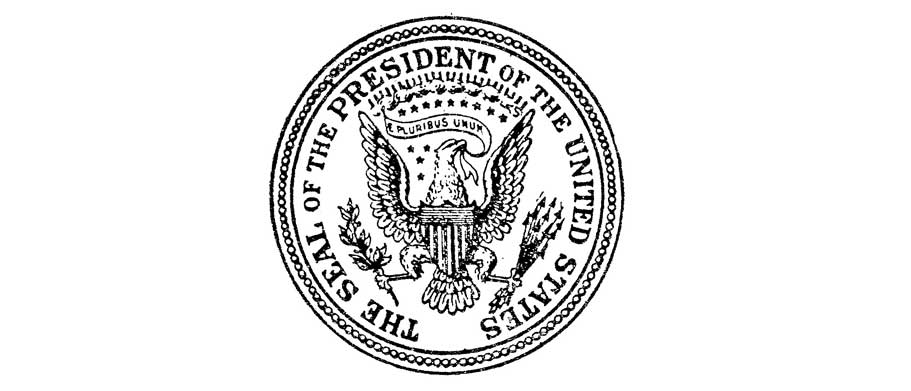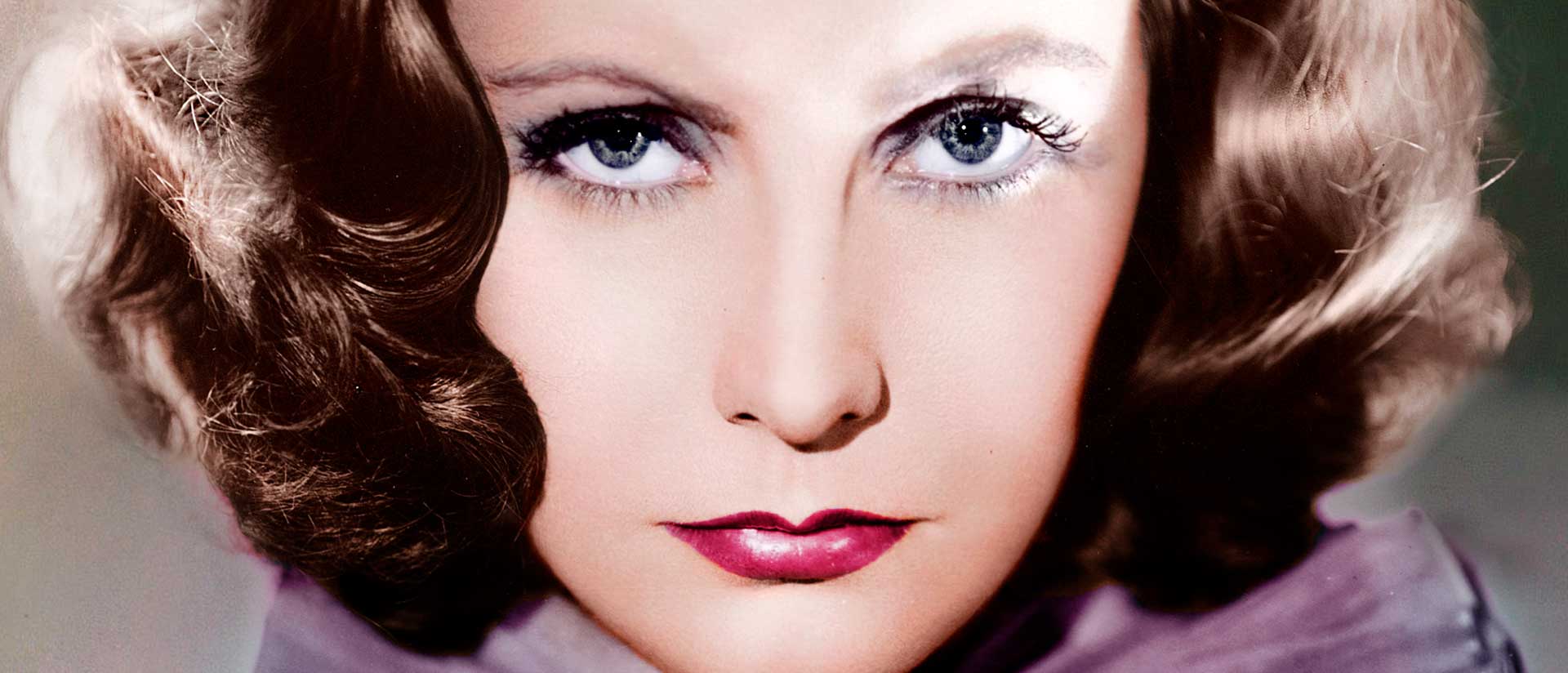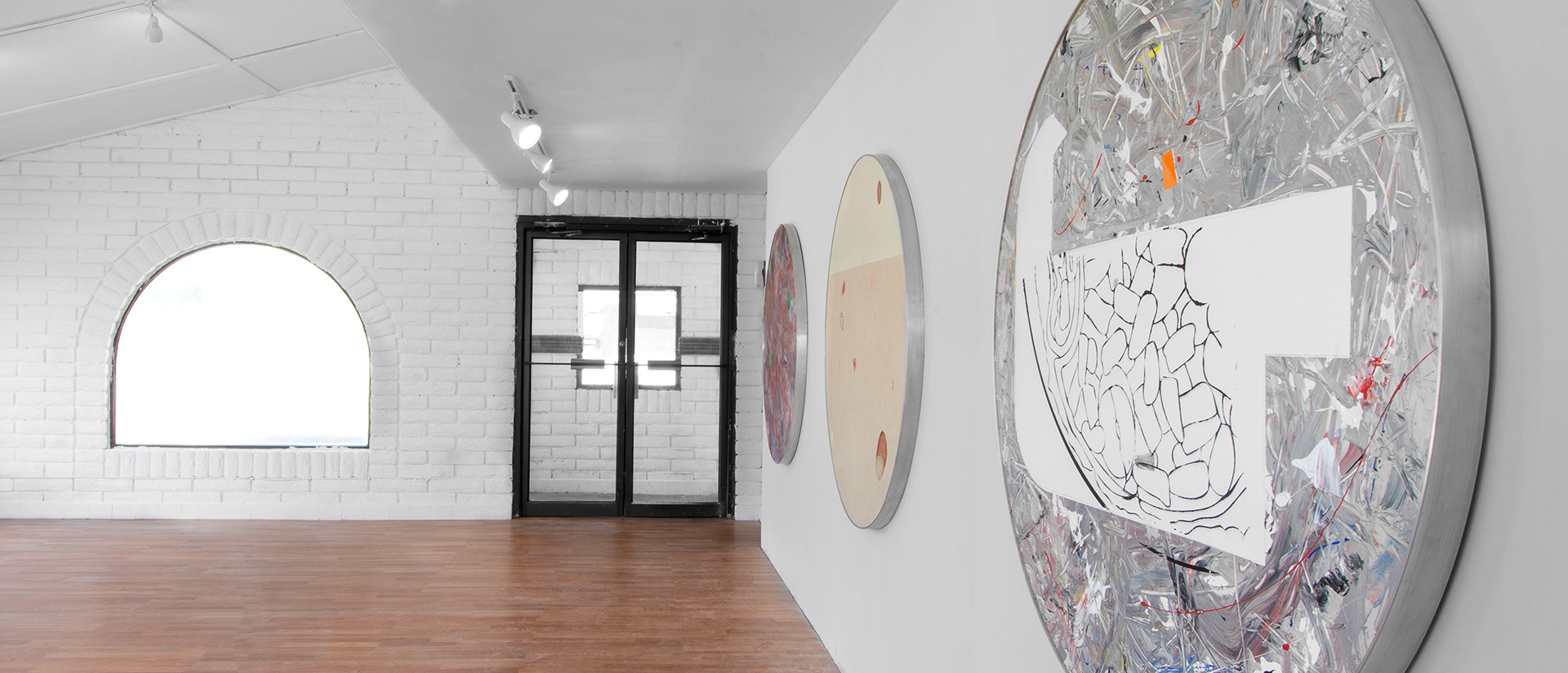
Eric Wesley. Artist Portfolio
On Eric Wesley
by Jan Tumlir
Eric Wesley’s works tend to begin with a thought experiment, a “what if?” scenario that steadily transitions into an “if, then” realization. Often this will involve a table-turning incursion into the protocols of artistic production and reception. For instance, we know that art galleries operate as showcases for art objects, things that are made to be seen and then, ideally, to be collected—that is, to pass in and out of the gallery with a minimum of friction. But what if, instead, the work were to follow a culinary model and thereby undergo its consumption more literally, through the mouth and digestive tract? This was the conceit of Endless Burrito/Inch-a-lotta, an exhibition that Wesley mounted in 2002 at the Meyer Riegger gallery in Karlsruhe, which basically consisted in converting the entirety of its viewing space into a fast-food eatery. A wall erected in the middle of the gallery hid a makeshift kitchen in back, with only a small circular aperture connecting to the front, through which a single, very lengthy burrito was slowly pushed and incrementally sliced off upon request from hungry guests. Boasting sexual innuendo in surplus, this event also lent itself to no end of sociological in-reading as a cannily staged culture clash (how many people in Karlsruhe in 2002 would even have known what a burrito is?) Yet perhaps more striking still was Wesley’s acutely metaphysical restaging of what might be termed the signal avant-gardist strategy of lowering art from its idealistic perch to an everyday fact of life. The work could not be dissociated from its space of display, which equally absorbed the artist and audience as twin poles in the instantiation of a form, essentially a line, that appeared at the same rate as it disappeared.
Wesley is a keen student of hard science, and especially physics, but he is no less attuned to the insoluble riddles of philosophical thought. What is endless about his burrito is not that it is ceaselessly produced but that it is never destroyed; it persists as matter in a transformed state, but also as an idea about endlessness, the eternal and the absolute, and one that highlights the inherent impossibility of conceiving of this idea in anything but segments and intervals. In a later piece, from 2016, entitled The Bell, the Karlsruhe set-up was reversed: Wesley commandeered a disused Taco Bell restaurant in the mall-strewn outlands of Cahokia, Illinois, just outside St. Louis, for purposes of art exhibition. No actual food this time around, though included in it were several large circular paintings resembling mid-century abstractions but actually picturing, quasi-realistically, sectioned views of burritos. Certainly, this work’s location—smack in the center of the US, at a point equidistant from his hometown of Los Angeles and his primary gallery in New York, and in close proximity to the remains of the once-largest Native American settlement of the Mississippian culture—was not only geographically, but temporally significant. It served as a reminder that, with art, we are always placed in medias res, in a present that trails a very long tail (to get to the bottom of Wesley’s burrito, one might have to start in prehistory) while also pushing insistently forward.
For every “if, then” a new “what if?” arises. Every scenario can be reversed in its course, travel sideways, or turn in circles. Its core elements can always be further permuted: galleries, artworks, publics, even the artist. For a more recent show, in Naples, Italy (Reputation, Galleria Fonti, 2018), Wesley presented a series of painted portraits, contracted out to a company of Chinese artisans, of various seemingly random figures that in fact share his name, sourced through an online search.
Some years before, Wesley had suggested to me that, as an artist, he aims to be both “underground” and “popular.” I took this to be an impossible wish but have since revised my assumptions. This was in a sense a show about and for everyone, and at the same time a self-portrait of the artist as underground man, the one who ducks undercover to keep flipping the script.



